Eskişehir, Türkiye, Monday 18 July 2022
What makes a great short story?
The sudden unforgettable revelation of character, the vision of a world through another’s eyes, the glimpse of truth, the capture of a moment in time.
All this the short story, at its best, is uniquely capable of conveying, for in its very shortness lies its greatest strength.
The short story can discover depths of meaning in the casual word or action.
It can suggest in a page what could be stated in a volume.
Such is the quality of experience I seek to offer you, in as many and diverse ways that I can, if I can.
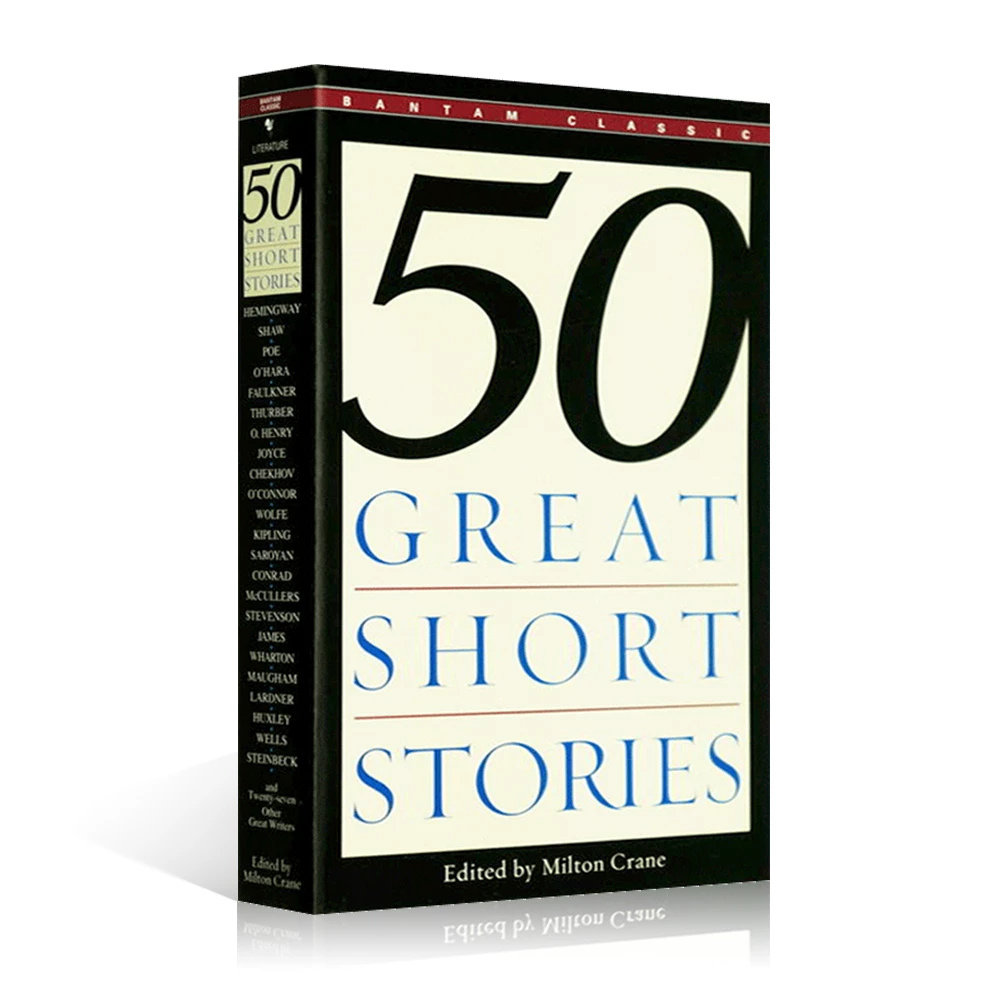
For I am still learning to write, still seeking to satisfy readers with sentences that shrink, snap into place, and emerge into the world in a clear economical sharp shape.
Writers learn to write by writing, conscious of style, of diction, of how sentences are formed and information conveyed, how plot is structured and characters created, how detail and dialogue are designed, how stories are spun and dreams woven.
And as I write I discover that writing is done one word at a time, one punctuation mark each moment.
Every word is on trial for its life.
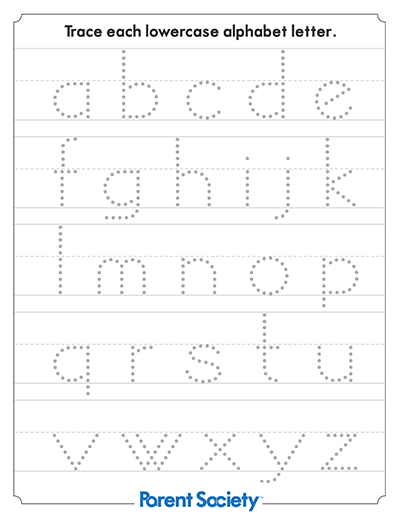
I write for adults, but I treat them as children, for children love imagination with all its kaleidoscopic possibilities.
Travel accounts should take us far from our lives while teaching us about life.
How many rooms there are in the House of Art!
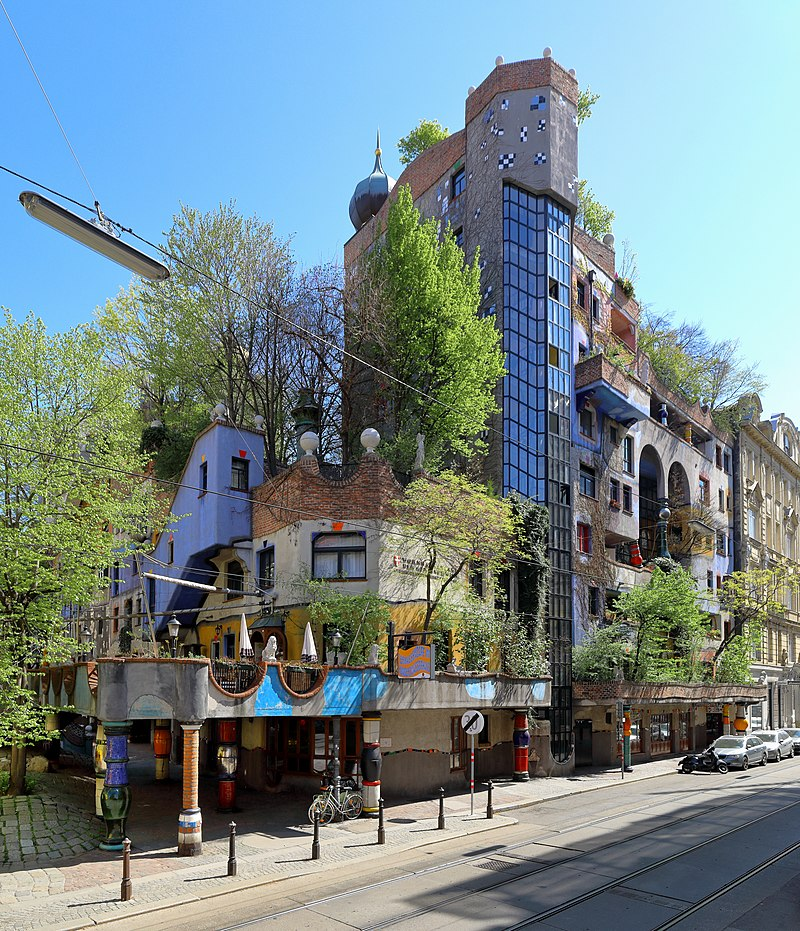
It is not a great time in history to be a writer, for too little attention is paid to language, to the actual words and sentences that a writer uses.
Instead we have all been encouraged to have, to form, strong and critical (and often negative) opinions of all that we encounter.
We have been instructed to prosecute or defend writers, as if in a court of law, on charges having to do with the writers’ origins, their racial, cultural, political, religious and class background.
Before a word is read, because so many words are written by so many writers, a writer must be pre-judged worthy of our time and attention long before his language is actually experienced.
In an age that prides itself on insight, tolerance and awareness, we are blind and intolerant and oblivious to whatever lies beyond our own perceptions and experience.
To write, even the most basic of blogs, is to learn to write by rote, by painful practice, by wearisome work, by repeated terrible terrifying trial and error, surprising success and abysmal failure, to create words someone else might admire.

We want information, entertainment, invention, even truth and beauty, and we want it all NOW.
So we concentrate solely on our destined desires, we skim, we skip, we excuse ourselves from effort if the effort requires time and thought.
We dare not even daydream, for every moment we must distract ourselves from wasted time, foolishly forgetting that it is the distraction from thought and contemplation that is truly the waste.

Some folks who travel seek simply to escape the life they know too well by trying to find its familiar luxuries in places unfamiliar.
I am cut from the same cloth these days.
A ten-day vacation on the Black Sea coast and each evening in a hotel.
But I spend more time writing and reading than swimming and drinking, more time in museums than on the beach.
I am still trying to learn from the book that is the world.
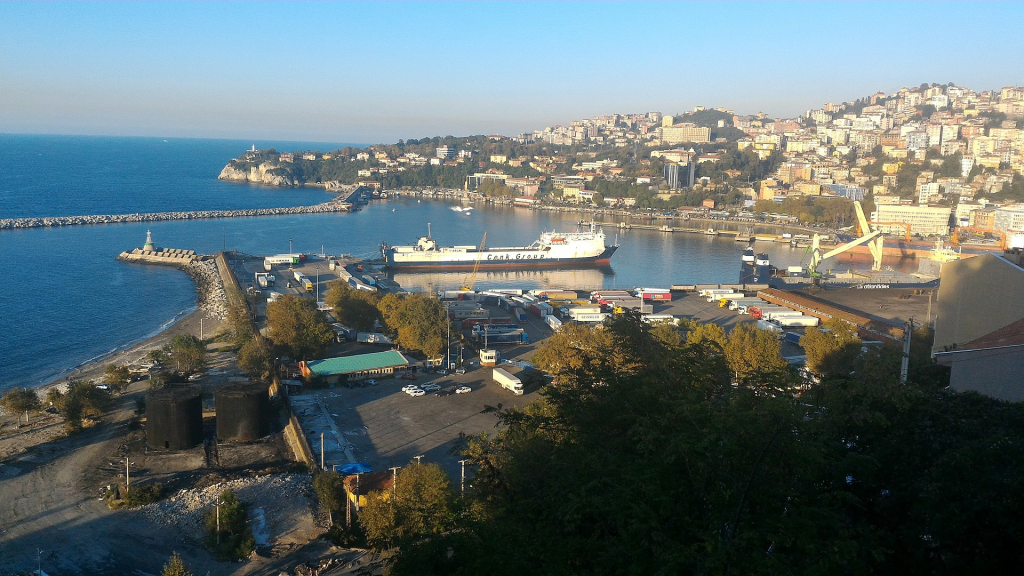
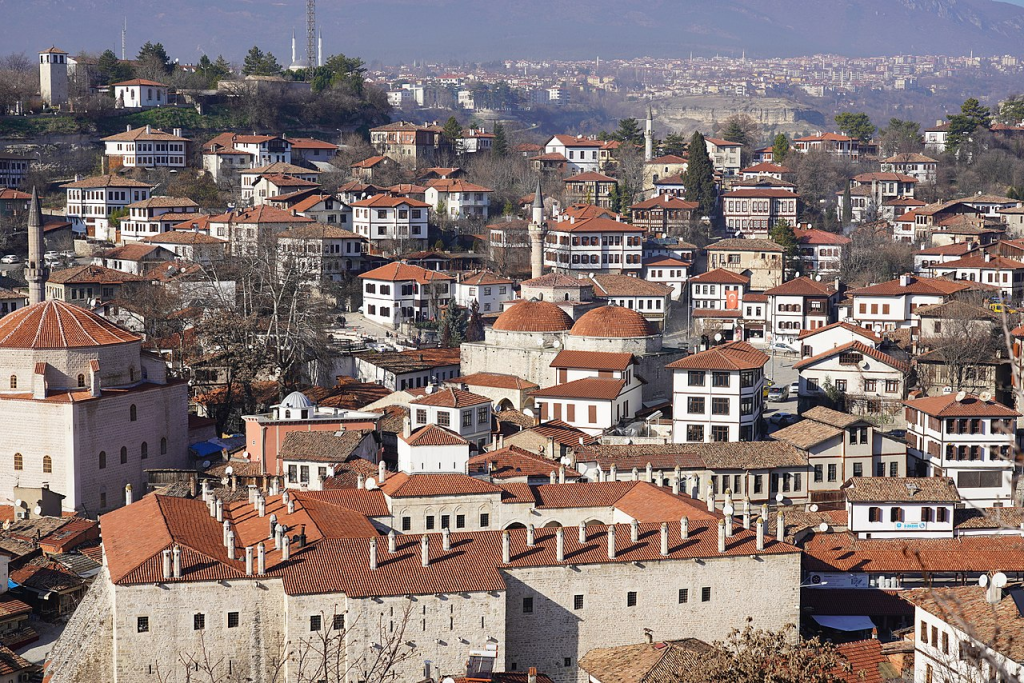
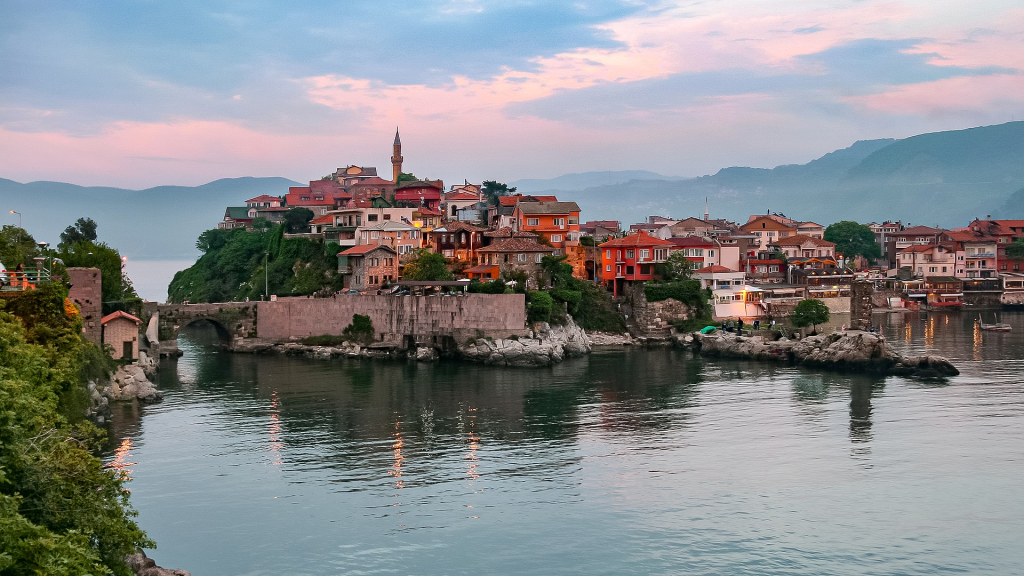
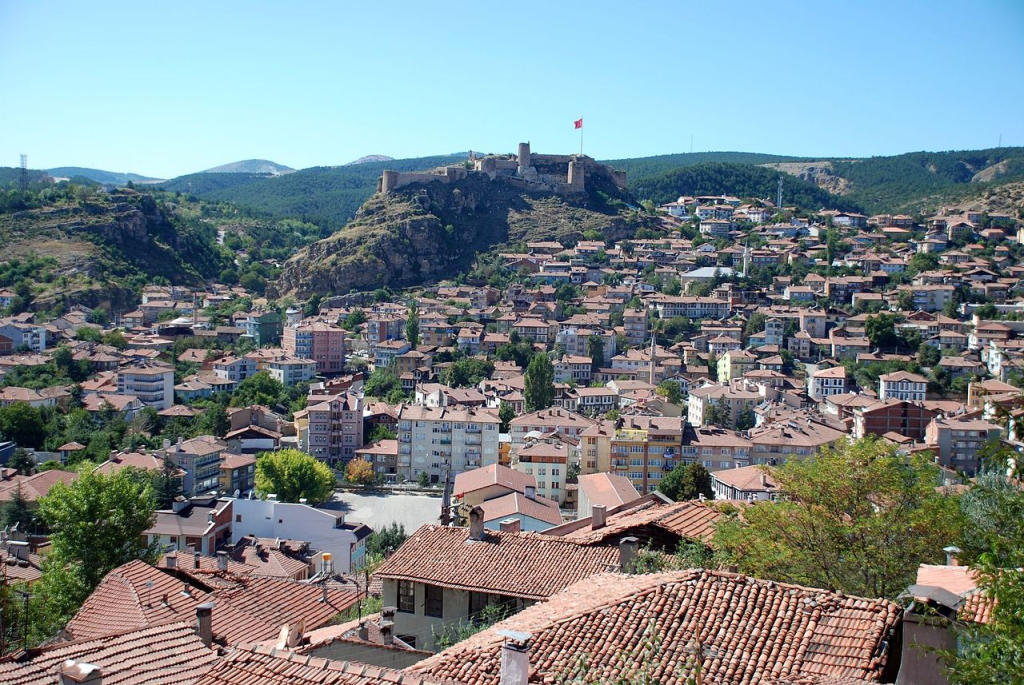
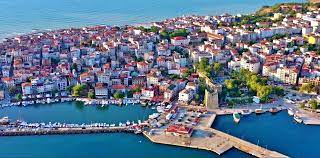
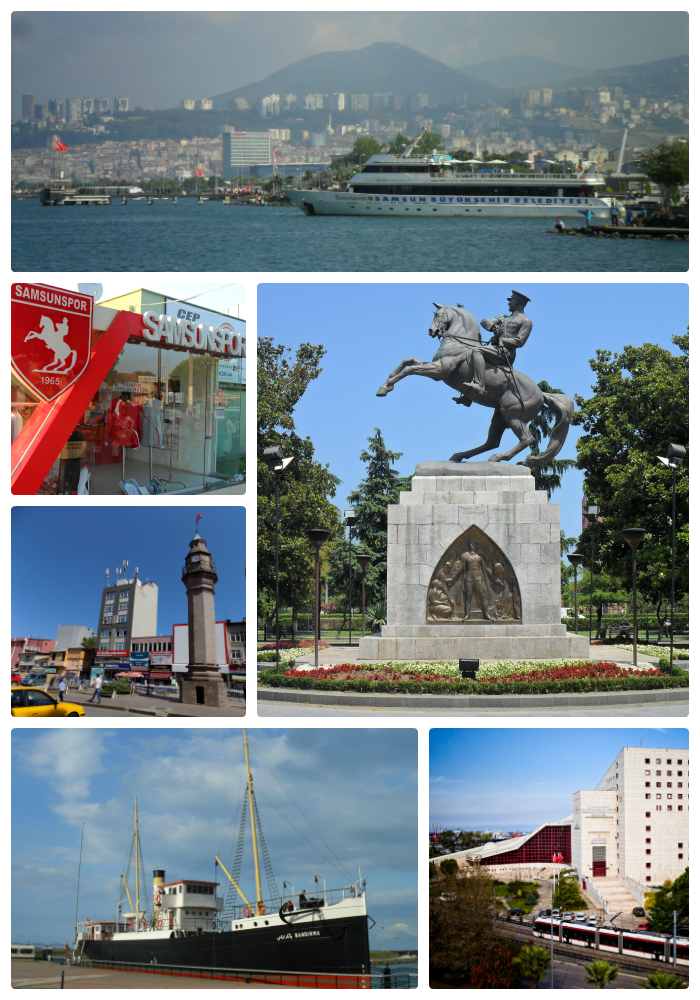
Months of globetrotting, years of travel, and seldom a night did Swiss Miss sleep in settings too alien from her settled experience.
I say this not to judge her, but to simply acknowledge that the standards of a woman differ from the standards of a man.
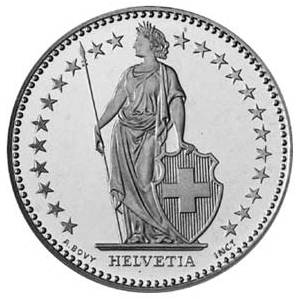
To judge a cat from the perspective of a dog is to misjudge the cat.
To see the world as Heidi Hoi has requires courage, but what a woman is willing to sacrifice differs from that of a man.
Let me not judge her by my own distinct differences, but instead let us see her journey as it was, rather than what we believe it should have been.
Instead let us read of what it could have been, for time and distance blur detail.
Truth is not found in accuracy of detail as much as in the commonality of the human experience.
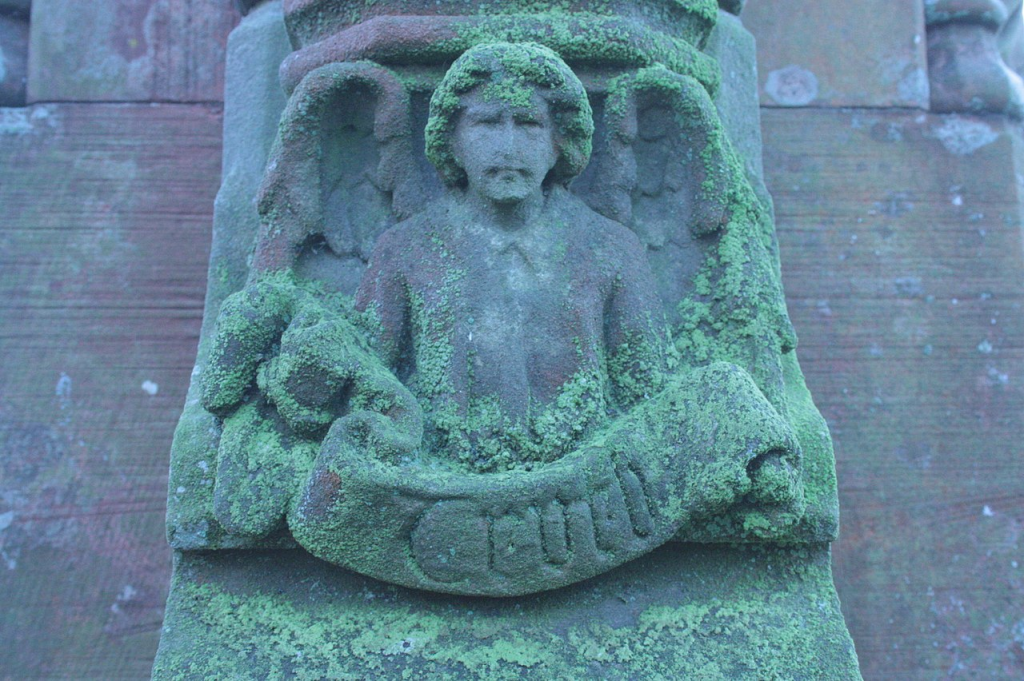
Ninh Binh to Vinh, Vietnam, Tuesday 26 March 2019
Although largely devoid of beaches, Vietnam’s northern coast boasts mystical scenery, where jagged islands jut out of the sea in their thousands, where one stumbles upon hidden coves, needle-sharp ridges and cliffs of ribbed limestone.
The waters here are patrolled by squadrons of tourist junks seeking unique dramatic views seen by the fleets of other tourist boats.
Karst islands at sea, karst scenery inland.
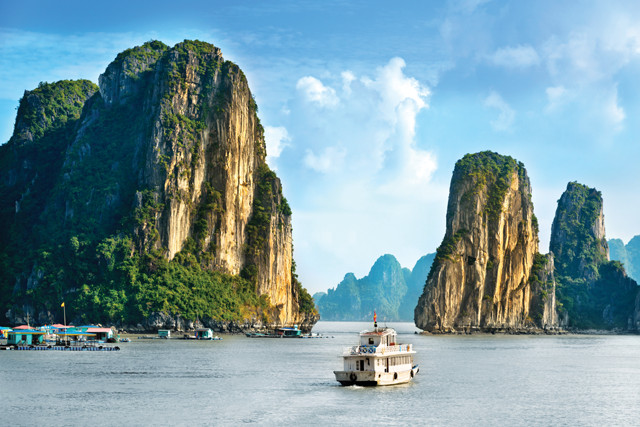
Colonial buildings and monstrous caves beckon.
The area north of Dong Hoi is one of the poorest in Vietnam and is little developed for tourism.
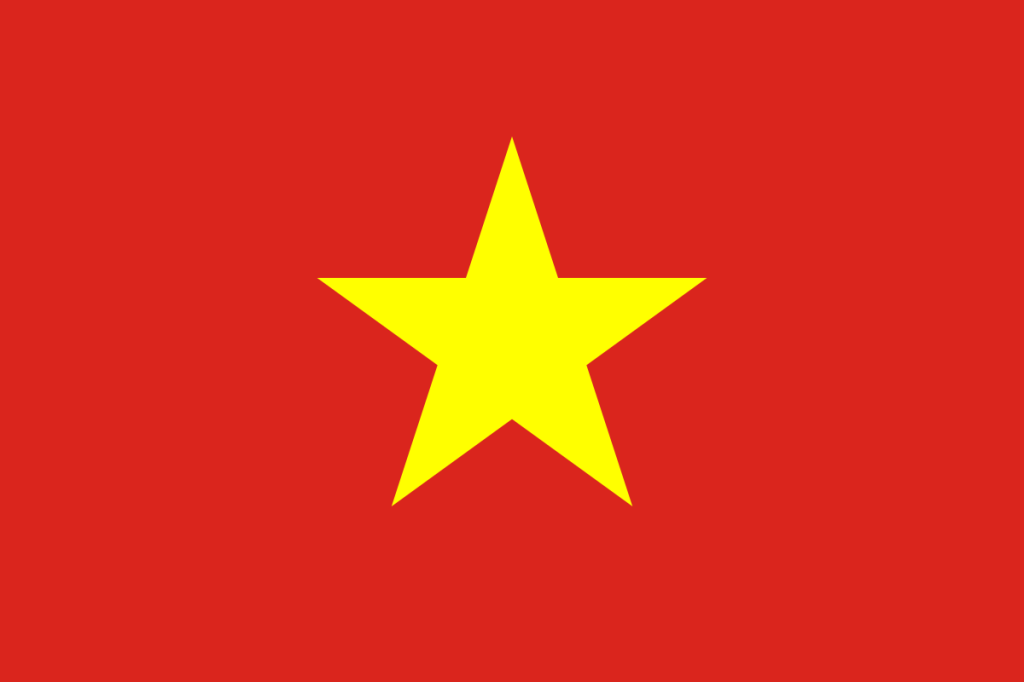
However, the mountains brushing the Laos border are home to a number of unique animal species, including the elusive saola ox and the more numerous giant muntjac deer.
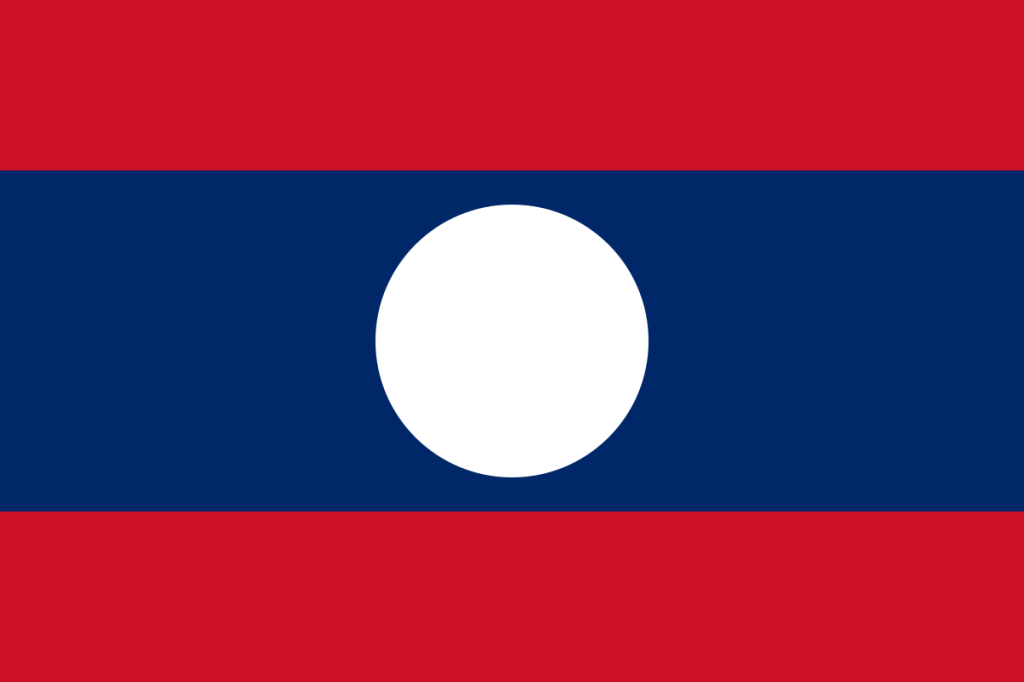


Intrepid travellers with their own transport are beginning to venture inland, but the vast majority of tourists either slog their way along the coast determined to dash quickly to their destinations or simply leapfrog this long coastal stretch.
Heidi and her travelling companion zoom along the coast on motorbikes, believing that there is little reason to linger between Sam Son and Vinh, a 140-km, a 2-hour and 54-minute ride.
But landscape deceives, for it is here where legends lurk and linger…..

The Tam Giang Lagoon begins south of Sam Son near the village of Quang Loi, a place of livestock, fowls and fish.
The depth of the Lagoon is, on average, from two to four metres, but in some places it is seven metres deep.
Every year, thousands of tons of seafood, fish and shrimp are collected from this Lagoon.
Although it is a Lagoon, there are nevertheless waves.
For Tam Giang is the intersection of rivers and the mouth to the sea is narrow, so there are many whirlpools, big waves and strong winds that can easily capsize boats, so boats dare not to cross.
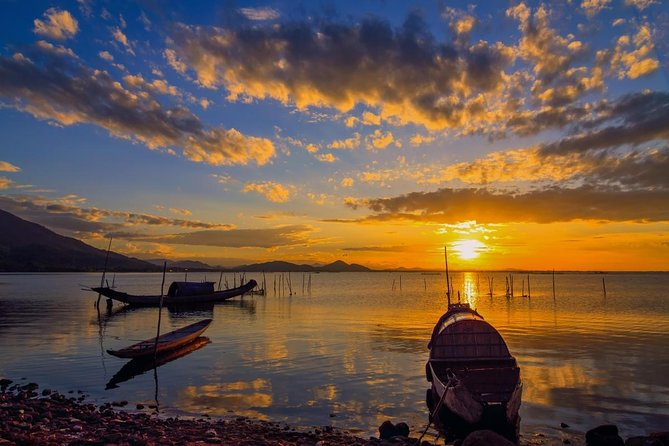
Floating markets are one of the features of this largest lagoon in southeast Asia.
Floating markets usually start at 0400 and end at dawn.
Not as crowded and diverse as the floating markets in the southwest region of Vietnam, the floating market here mainly sells aquatic products of the Lagoon.
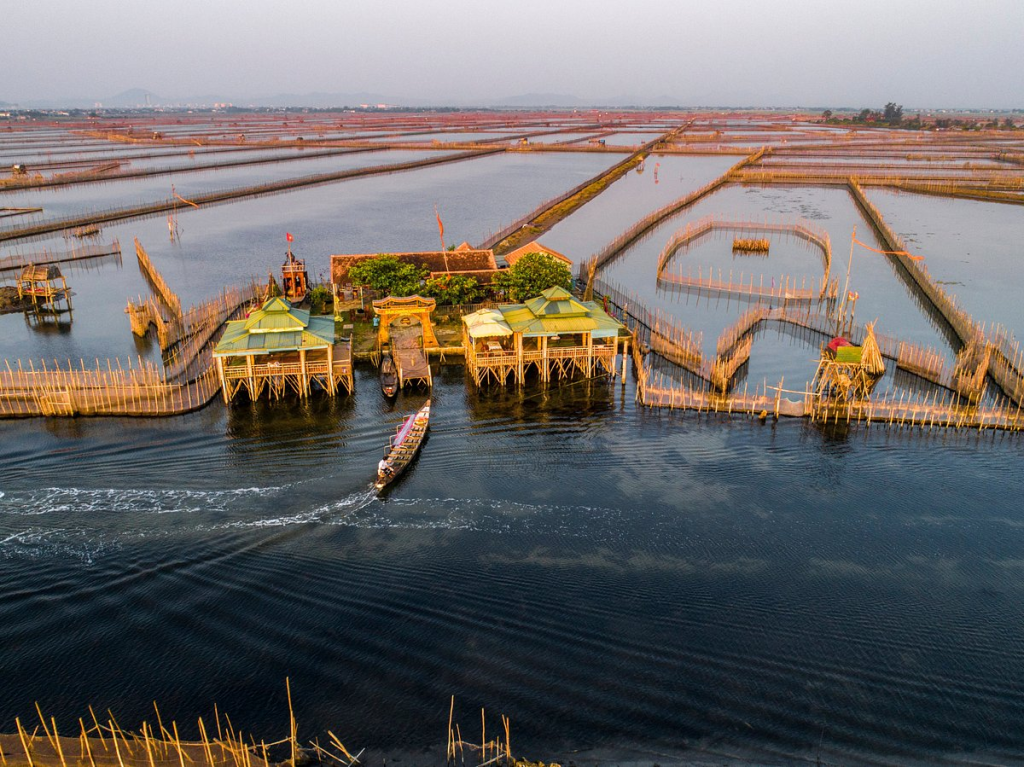
Something about the Lagoon reminds me of Linda Ronstadt’s “Blue Bayou“:
I feel so bad I got a worried mind
I’m so lonesome all the time
Since I left my baby behind
On Blue Bayou
Saving nickels, saving dimes
Working till the sun don’t shine
Looking forward to happier times
On Blue Bayou
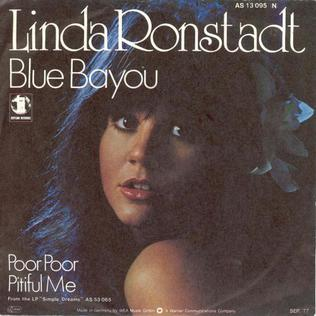
I’m going back someday
Come what may
To Blue Bayou
Where the folks are fine
And the world is mine
On Blue Bayou
Where those fishing boats
With their sails afloat
If I could only see
That familiar sunrise
Through sleepy eyes
How happy I’d be
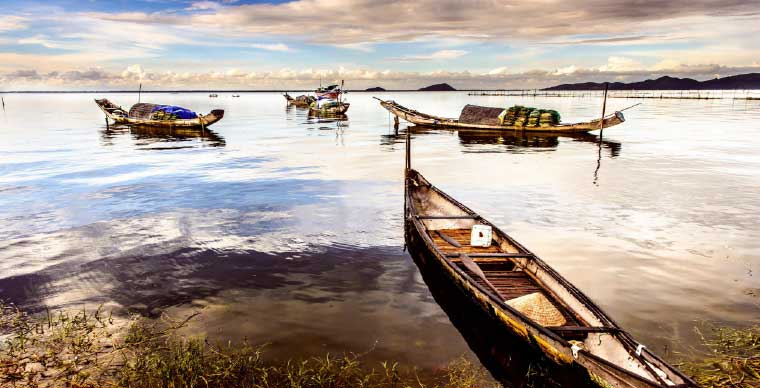
Gonna see my baby again
Gonna be with some of my friends
Maybe I’ll feel better again
On Blue Bayou
Saving nickels, saving dimes
Working till the sun don’t shine
Looking forward to happier times
On Blue Bayou

I’m going back someday
Come what may
To Blue Bayou
Where the folks are fine
And the world is mine
On Blue Bayou
Where those fishing boats
With their sails afloat
If I could only see
That familiar sunrise
Through sleepy eyes
How happy I’d be
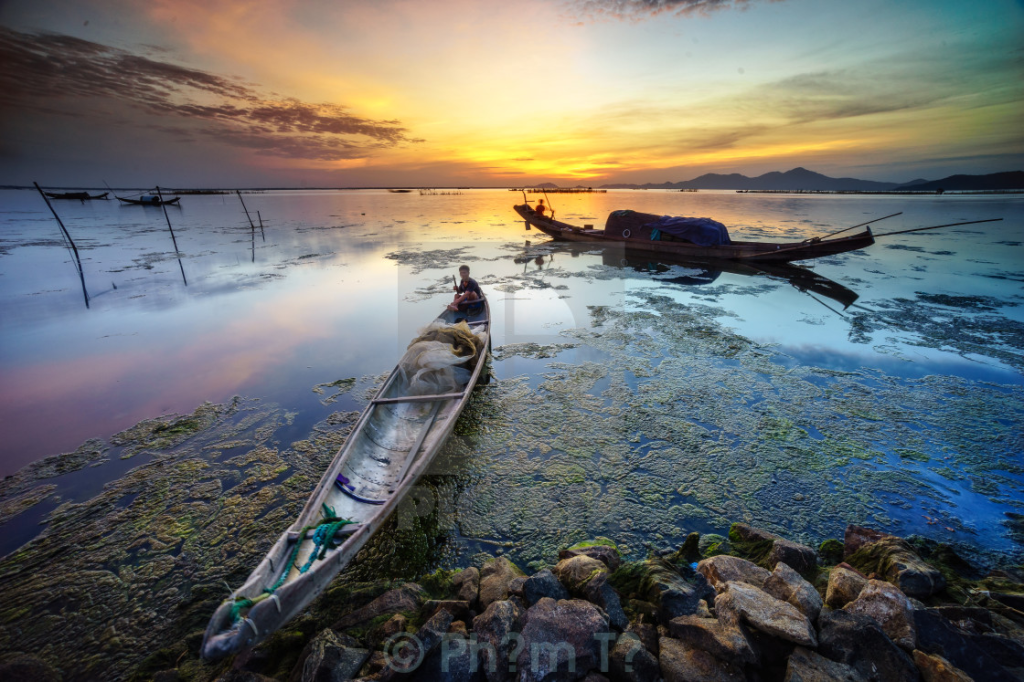
Oh, that love of mine
By my side
The silver moon
And the evening tide
Oh, some sweet day
Gonna take away
This hurting inside
Well, I’ll never be blue
My dreams come true
On Blue Bayou

In the 1970s, during the fierce period of the Vietnam War, musician Tran Thien Thanh (1942 – 2005) set the music for a poem by To Thuy Yen and named the song Chieu on Tam Giang Lagoon.
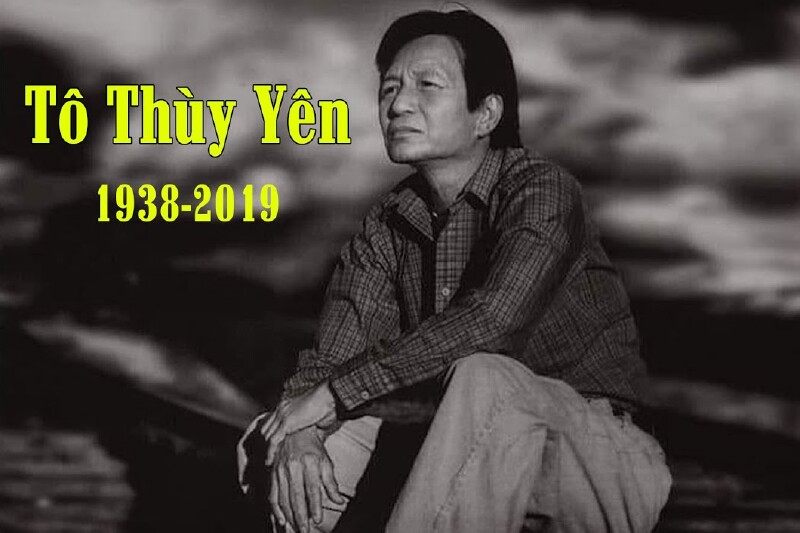
The song has a passage:
“In the afternoon on Tam Giang Lagoon, I suddenly miss you.“

Linda Ronstadt would understand the feeling.
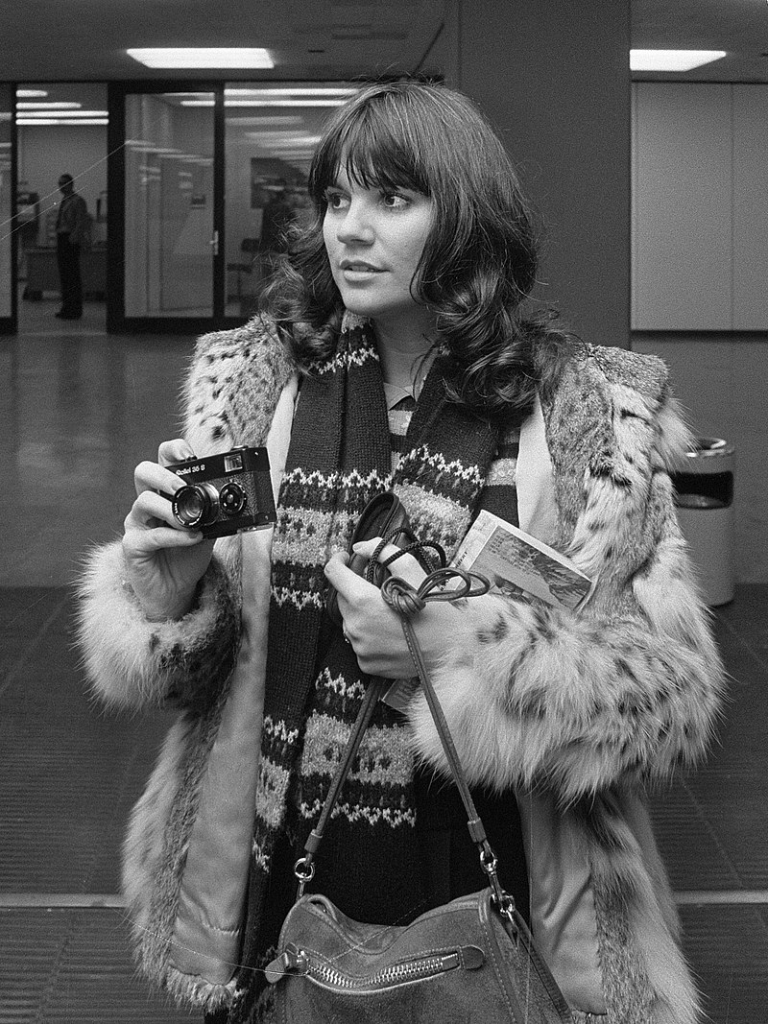
In Quang Loi, there are folk songs, including the Cotton Dance, and culinary delights like scrambled eggs, wet pork buns and various cakes.
One could linger, but one does not.

Down the road, down the coast, Quang Linh is a real place, but it is also the name of a person.
Quang Linh (full name: Le Quang Linh , born 1965) is a singer specializing in folk music, especially Hué music.
In addition, he also sings youth music as well as contemporary music.
Quang Linh succeeded with the songs:
- The old starling bird
- Who came to Hué
- The homeland
- Loving Vietnam
- Hair with a ponytail
- Ca dao em and me
- My friend
Quang Linh has loved singing since childhood and has been active in Children’s Houses.
At the age of 19, he decided to enter the artistic path.
Quang Linh first sang as an amateur at the Hue Youth Cultural House and then joined the Shock Band.
In 1990, Quang Linh won first prize for the best voice in the Central region with two songs, “Tuoi Anh Ly” and “Send Hué”.
Lecturer Lo Thanh at Hué Conservatory of Music taught Quang Linh some basic techniques and introduced the singer to the show Vu An Khoa.
Quang Linh became a professional singer and sang throughout the northern provinces, and participated in important roles in music programs.
He is famous in the Green Wave live show series (1999 – 2005).
In early 1996, Quang Linh was invited to officially collaborate with the Thang Long Music and Dance Theatre in Hanoi.
He also appeared many times on HTV (Ho Chi Ming City) with the programs Musical Bridge, Instead of Words to Say, and other music programmes.
He also appeared on other singers’ live shows as a guest such as: Cam Ly (15 years of singing), Pham Duy (Returning day), and Huong Lan (Life’s grace, a folk song).
Currently, Quang Linh operates both domestically and overseas.
Quang Linh’s name is still attractive today.
He has been invited by many producers to be the jury of major music gameshows.
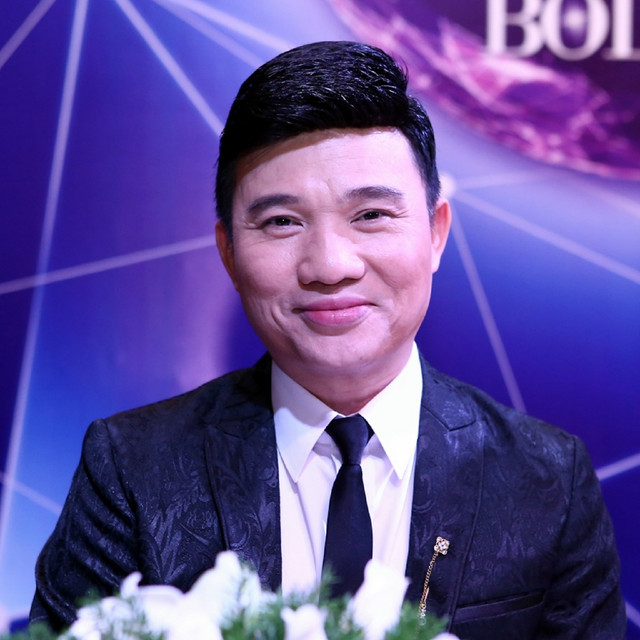
Dien Chau district is 260 km from Hanoi and 36 km from Vinh, passed by National Highway 1 and the North – South Railway.

Passers-by know nothing of the Cuong Temple Festival (13 – 15 February), replete with many activities, such as the ceremony of sitting down, cock fighting, human chess, wrestling, teeter swinging, singing, beauty contests, table tennis, tug-of-war, mountain climbing…..
Leaves me breathless just thinking about it.

Dien Chau is home to many famous wrestlers:
- Pho Nga, a man who ate very well – 30 pots of rice and three pig’s heads in one meal
- Nguyen Ngoc Chan also had an appetite – a whole basket of rice with salted eggplant
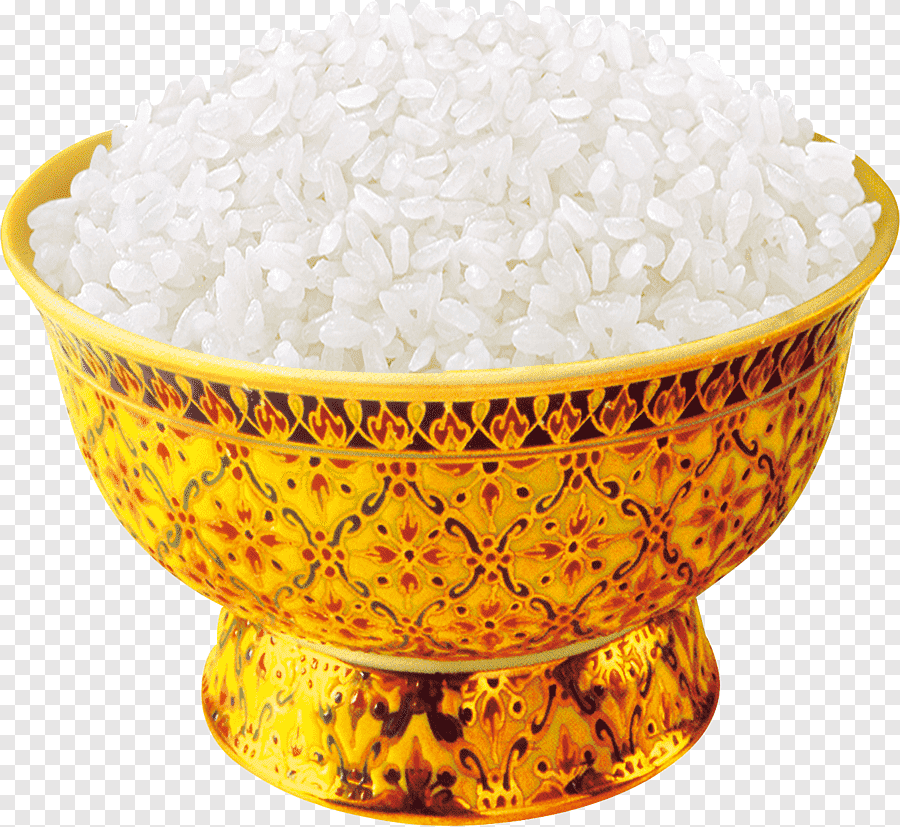
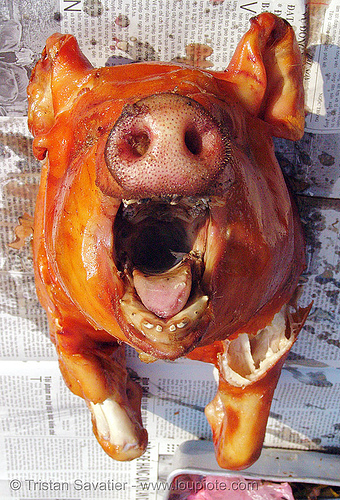
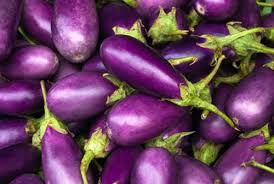
Legend has it that a honey trader, carrying two jars of honey for a contest, seeing Nguyen lift a buffalo so it could safely wade across the river, immediately gave him his honey and returned home.
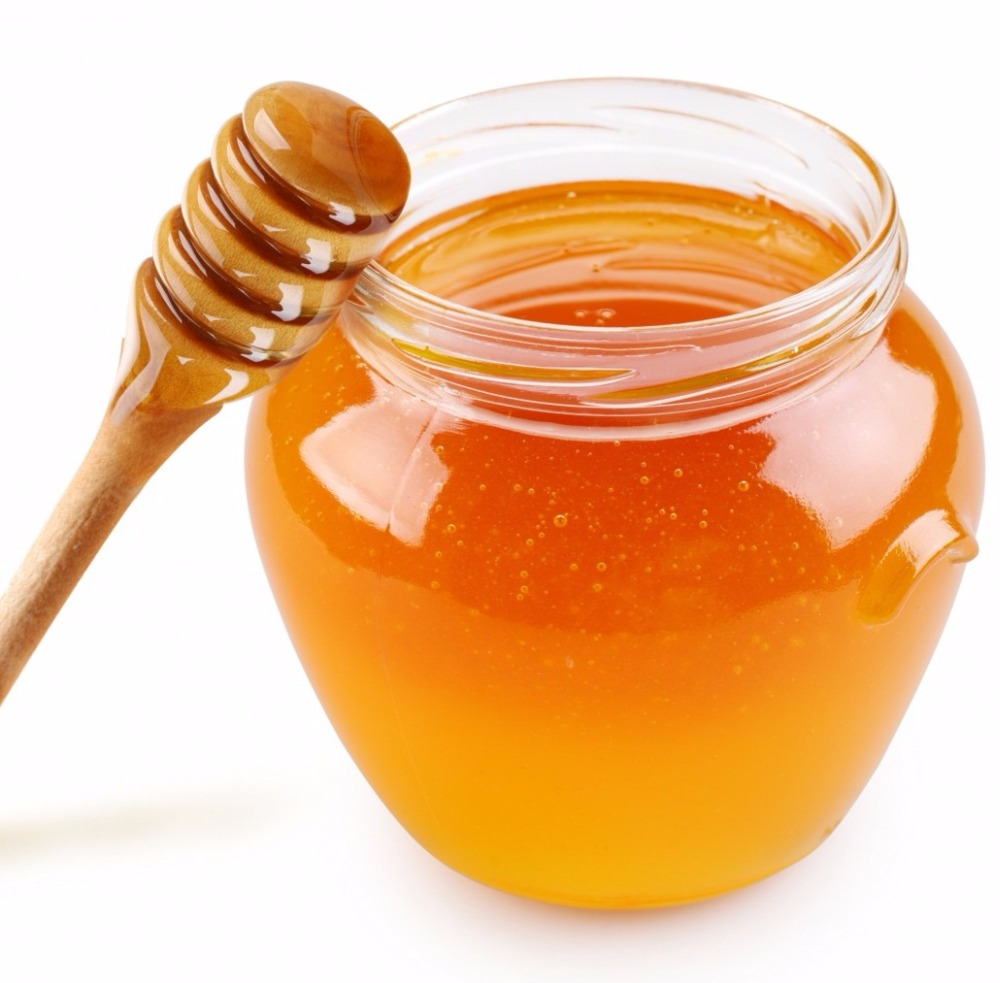

Another tale told is that Nguyen once hugged a wrestler from Nghi Loc and threw him out of the ring.
The wrestler gave up his wrestling career.
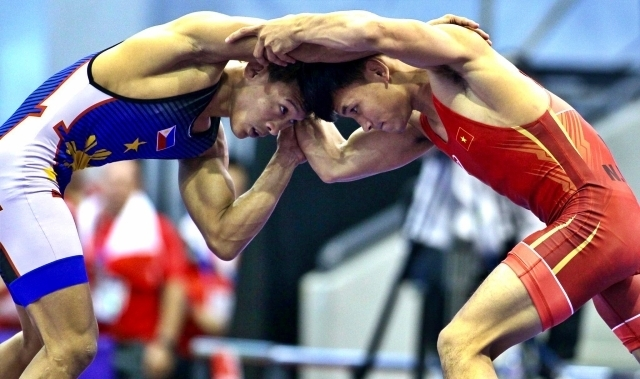
Many characters from Dien Chau are handed down by folk through stories and legends associated with them.
These are the people who represent the body and soul of the people of Dien:
Industrious, healthy, optimistic, love of life, love of homeland.

- Man Nhuy: His jokes have a gentle and profound satirical nuance.
His laughter always pointed at corrupt officials and sided with the working people.

(Man reminds me of Nasreddin Hoca, a Sufi philosopher and wise man, from Eskişehir Province, (wherein I presently reside), remembered for his funny stories and anecdotes.
He appears in thousands of stories, sometimes witty, sometimes wise, but often, too, a fool or the butt of a joke.
A Nasreddin story usually has a subtle humour and a pedagogic nature.)
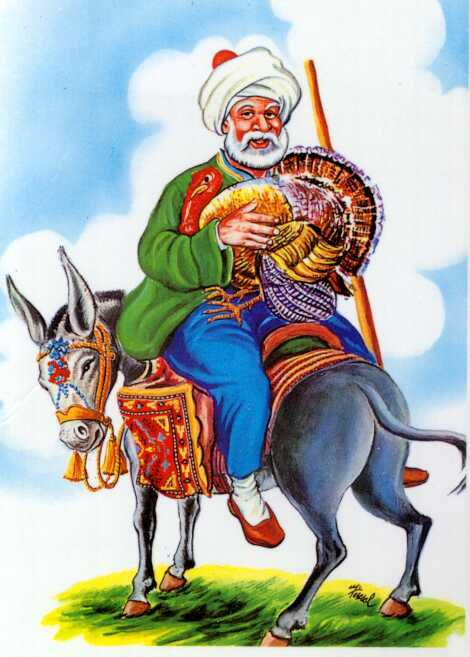
- Co Bo is a mythical character, who represents the God of Fire.
Legend has it that when night fell, Great-grandfather Bo went to the East, turned his hat upside down into the sea to make a boat, used tree branches as oars, rowed to the sunrise and brought fire to everyone.
He also punished dirty miserly people by playing pranks on them with fire.

(Could Co Bo have inspired the writers of Doctor Who?

The Face of Boe appeared to be little more than a gigantic humanoid head.
Although he would rarely do more than grunt vocally, he was able to communicate by means of telepathy.
He communicated verbally on at least one occasion.
The Face of Boe had the distinction of being one of the oldest creatures in the known universe.
By the time of his death, he was the oldest creature.
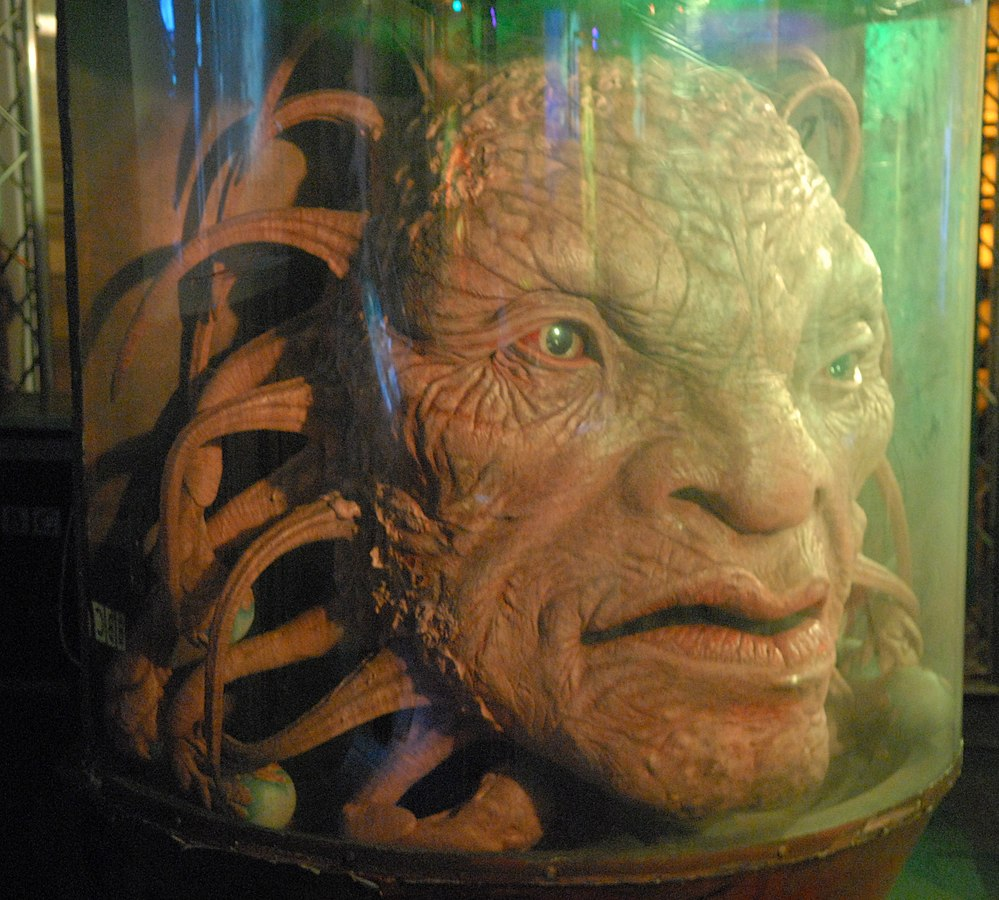
Above: The Face of Boe (Struan Rodger)
In the year 5 billion, the Face of Boe was the sponsor of an event to safely witness the destruction of the Earth by the expansion of the Sun.
The hot water in his room on the platform observing “Earth death” was not working.
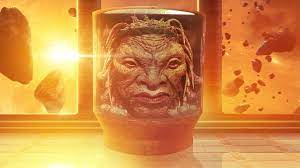
The event was sabotaged by Lady Cassandra, but the Face was among the remaining survivors.
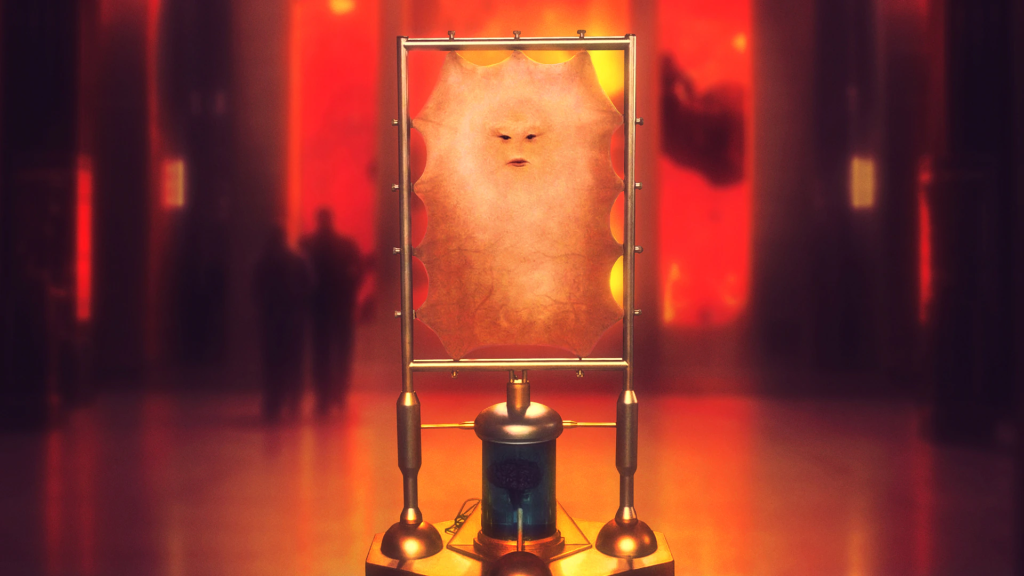
By 5,000,000,023, the Face of Boe was hospitalised in Ward 26 of the hospital run by the Sisters of Plenitude on New Earth.

By this time, he was the last of Boekind.
He was worshipped in several galaxies.

Novice Hame believed the Face of Boe had a claim to godhood.
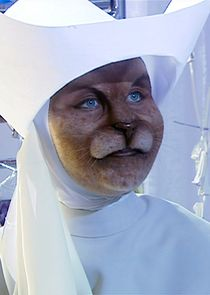
Apparently dying of old age, the Face summoned the Tenth Doctor to his ward.
When a novice told the Doctor the legend of the Face’s last words — a secret which the Face would impart only to one like himself — the Doctor realised that he fit the description of “the wanderer, the man without a home, the lonely god“.
The Face of Boe eventually recovered, saying that although he had grown tired of the universe, the Doctor had shown him a new way of looking at things.
The Doctor asked about the message, but the Face told him that it could wait for their third and final meeting, and teleported away.

At some point shortly after, he took Novice Hame (his former nurse) into his service to help her atone for her and her order’s crimes.
When the city of New New York was struck by a highly infectious and universally fatal virus, the Face of Boe was able to protect her by “shrouding her in his smoke“.
With the rest of the surface inhabitants of New Earth dead, only they and those in the undercity, which had been sealed off, were left.
However the city did not have enough power to release those trapped in the undercity and would have lost power completely in time.

To prevent this, the Face of Boe wired himself into the power grid, using his own life energy to keep the basic functions of the undercity running with Hame caring for him to ensure he could continue.
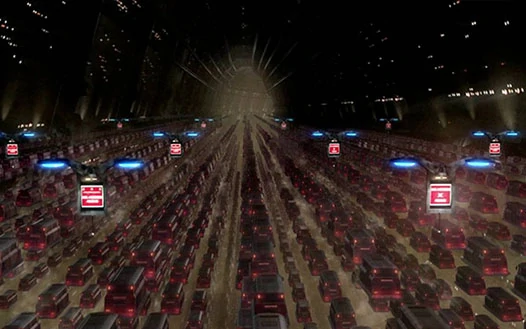
The Face of Boe was a compassionate and selfless being who was willing to give his life for the greater good.

The Doctor was ultimately reunited with the Face of Boe one last time during his travels with Martha Jones, in the year 5,000,000,053.
This was the only time the Face of Boe communicated vocally with the Doctor.
Boe revealed his last secret with his dying breath after sacrificing himself to save the city of New New York:
“You are not alone.”
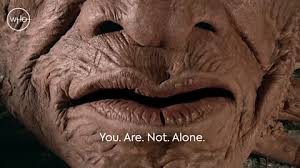
The Doctor dismissed this, as he still firmly believed himself the last Time Lord.
When the Doctor later met Professor Yana, who eventually was discovered to be a hidden incarnation of the Master, the Doctor realised the significance of the name “Yana“.
It was an acronym, standing for “You Are Not Alone.“.

When Davros (the Creator of the Daleks, the Doctor’s main enemy) asked the Doctor “How many have died in your name?“, the Face of Boe was among those he remembered.)
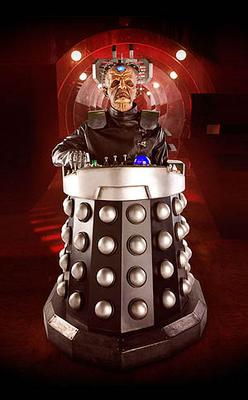
Perhaps that is the ultimate message of Doctor Who, perhaps that is the true lesson of travel:
We are not alone and, as such, we have responsibilities to both ourselves and others.

- Chem’s real name was Nguyen Ngoc Thu, but the entire Nho Lam commune called him Chem.
Chem had more health than people.
Stories circulated about him often associated with his participation in patriotic movements.
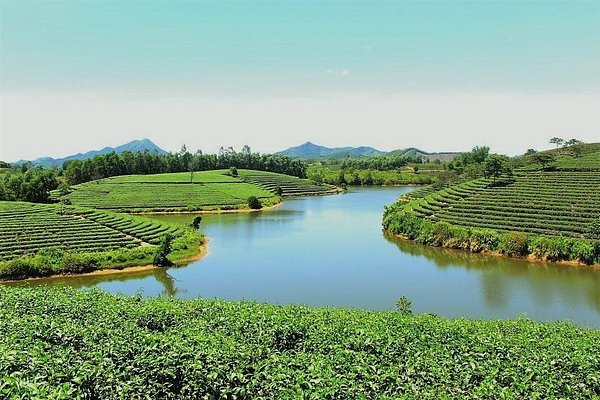
He lived in the second half of the 19th century, having participated in the Giap Tuat Movement of 1874 and the Can Vuong Movement of 1885.

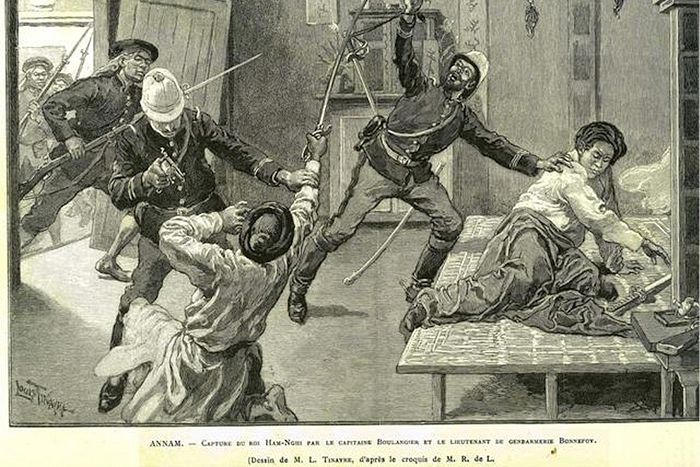
- Cha Van was from Trung Phuong village, now in Dien Minh commune.
He was a man of conscience, who seeing the right thing to do, had the guts and the wisdom to make many powerful people afraid of him.
There are many stories about him.
Once, he faced the chief of Truong Son village who used to bully good people, making him beg for mercy.
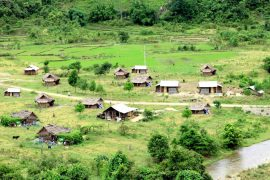
In addition, this place is also associated with the legend of My Chau – Trong Thuy:
Local lore has it that this is where An Duong Vuong used a sword to kill My Chau, while Trieu Da and his son Trong Thuy were pursuing her troops.

An Duong Vuong (real name Thuc Phan) was the founder of Au Lac, the second state in Vietnamese history after the state of Van Lang.

Dai Viet Su Ky Toan Thu (Da Viet’s History Book) wrote:

Above: Cover of Dai Viet Su Ky Toan Thu, 1697
Hung Vuong had a beautiful daughter named My Nuong.

An Duong Vuong heard the news and sent an envoy to propose marriage.
Vuong wanted to get married, but My Nuong’s father said:
Thuc wants to marry our country.
Unable to marry My Nuong, Vuong became angry and told his descendants to destroy Van Lang and take over the country.
Thuc Vuong’s nephew, Thuc Phan, several times brought troops to fight Van Lang.
But Hung Vuong with good generals and soldiers defeated the Thuc army.
Hung Vuong said:
“I have divine power, isn’t Thuc afraid?”
But he just revelled in feasting without worrying about the military.
Therefore, when the Thuc army moved to fight Van Lang, King Hung was still in a drunken state.
When Thuc’s army approached, King Hung turned and ran away and jumped into the river to commit suicide.
The General surrendered.
In the 1st year of his reign [257 BCE], the King conquered Van Lang and changed the country name to Au Lac.”
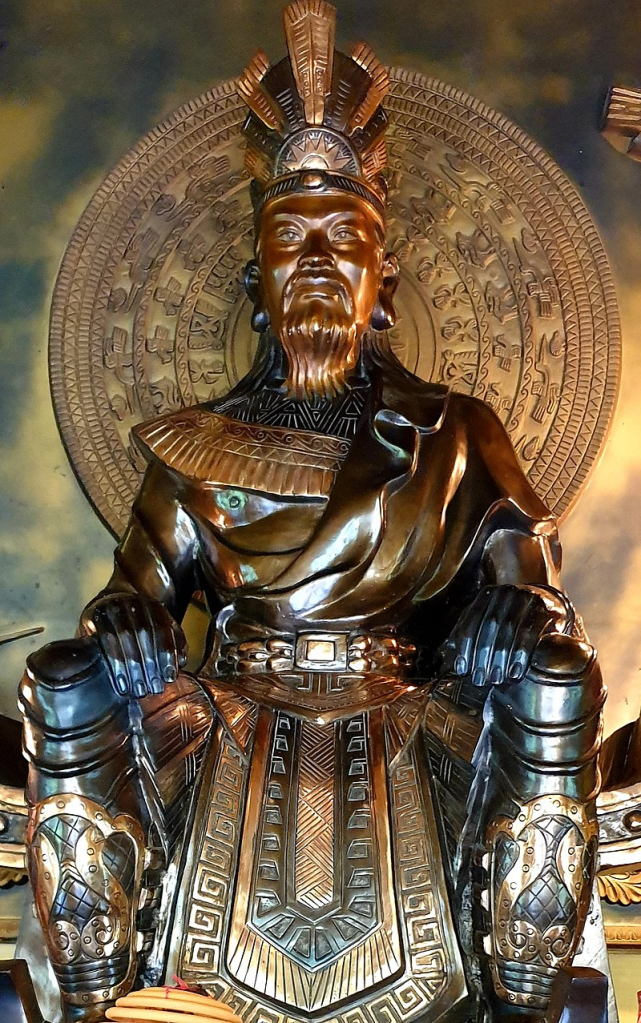
Frankly, I don’t know nor need to know the exact time things happened.
Suffice that they did.

In the same period, in China, Qin Shi Huang merged six countries after years of war in the Warring States period.
He continued his ambition to invade Bach Viet, the land of the Vietnamese tribes in present-day southern China and northern Vietnam.
The invading army of the Qin Dynasty led by Do Thu captured many lands of Vietnam and made them Chinese territory.
When entering the northeastern territory of Au Lac, the Qin army encountered the long-term resistance of the Vietnamese led by Thuc Phan.
In 218 BCE, Qin Shi Huang mobilized 50,000 troops divided into five divisions to conquer Bach Viet.
To advance to the South, going deep into Au Lac land, the first army led by General Su Loc had a canal dug connecting the Luong River to carry food.
Thanks to this, the ruler Tu Thu killed the chief Dich Hu Tong, occupied the land and entered Lac Viet.

On the other side of the front line, An Duong Vuong was revered by the Lac generals as a joint leader in command of this resistance.
Sending troops deep into Au Lac land, Vuong led his people to fight the enemy.
Wherever the Qin army went, Au Lac people practised a scorched earth strategy.
The Qin army fought for many years, Do Thu organized an ineffective attack and annihilation, gradually falling to a serious food shortage.
When the Qin army was exhausted due to lack of food, the Au Lac army and people commanded by Vuong began to go into battle.
The Qin army could neither advance nor retreat as they were surrounded by Au Lac people.
Vuong’s army made a surprise attack and used bows and crossbows to attack the Qin army.
At this time, Do Thu hesitated, not knowing how to seize the opportunity, died in this battle.
Losing their master, the Qin army panicked and opened a way to flee to the country.
The historical record of Sima Thien describes the state of the Qin army at that time as follows:
Stationed in useless land.
Can’t advance, can’t withdraw.
Men wear armor, women have to carry, the suffering cannot live.
People hang themselves on trees along the way.
The dead look at each other.
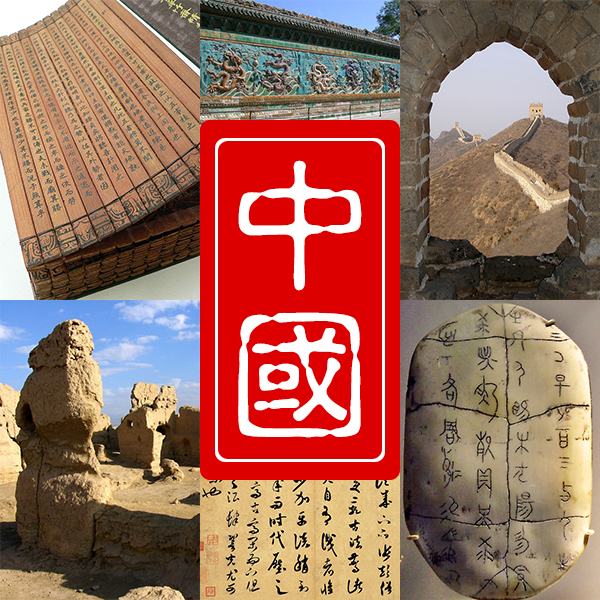
According to Hoai Nam Tu, General Do Thu was killed, the Qin army was slaughtered in hundreds of thousands, and the Qin country had to take exiled prisoners to supplement the army.
After nearly 10 years of resistance war, the people of Vietnam gained independence.
Vuong consolidated and rebuilt the country.

After the victory over the Qin army, Vuong’s reputation echoed throughout the region.
One of Van Lang’s leaders, Cao Lo, helped Vuong build Co Loa Citadel and intercontinental crossbows (which could shoot many arrows in one shot).
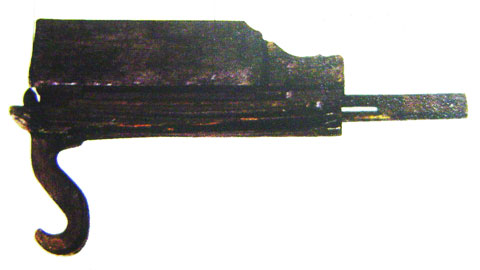
In order to strengthen the military defense, Vuong had his army and people build Co Loa Citadel day and night, equipping the citadel with many fearsome weapons.
He ordered his subordinates to train tens of thousands of soldiers day and night to practice crossbow shooting.
Au Lac’s bow set at that time was famous everywhere as invincible, compared with the horsemen of the Qin Dynasty, the intercontinental crossbow became the invincible weapon of Au Lac country.
According to legend, the citadel was built many times but never fell.
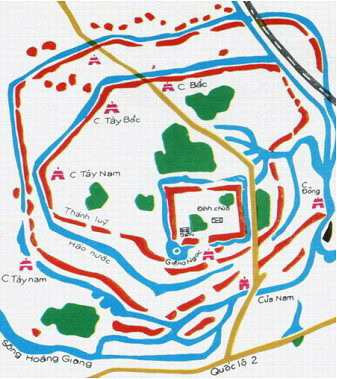
The book Kham Viet Su Thong Giam Cuong:

Vuong had Cao Thong help him, he invented a crossbow, killed tens of thousands with one shot, shot three times and killed three thousand.
An Duong Vuong has a daughter named My Chau, seeing that Trong Thuy was handsome, she immediately fell in love.
Later, Trong Thuy seduced My Chau to ask to see the magic crossbow.
My Chau showed it.
Trong Thuy broke the crossbow lever, and then immediately sent someone to send the news to Trieu Da.
Trieu Da brought his army to attack.
When the Trieu army arrived, An Duong Vuong took out his crossbow to shoot like before, but the crossbow was broken!
Vuong’s army ran away.

Today, this historical sample has been listed as one of the earliest types of spy wars in Vietnamese history.
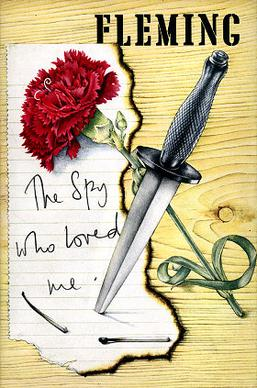
The story of My Chau with the story “Spreading goose feathers“ is the earliest found in Linh Nam Chic Quai (Strange stories in the Land of Vietnam).
This book specializes in recording ghost stories, most of which are just legends, not real history.
The date of this book is uncertain.
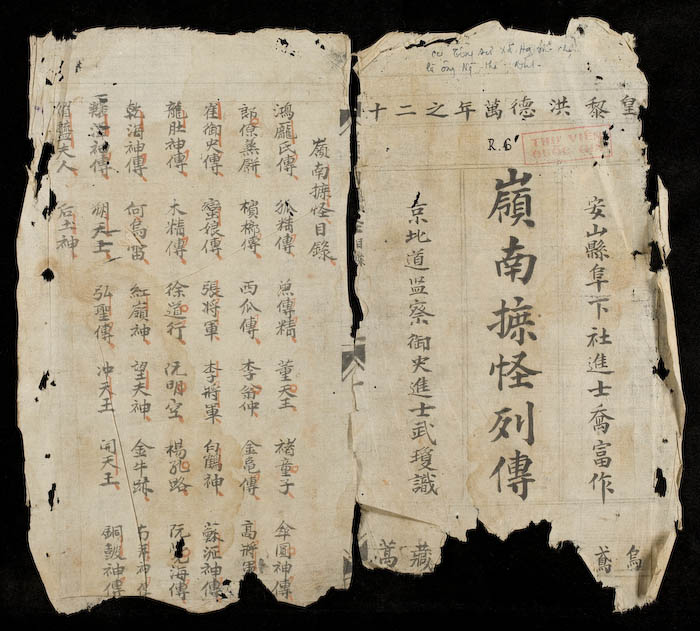
On 7 March, an old man from the east suddenly came to the gate of the city and lamented:
“When will this city be built?”
Vuong joyfully welcomed him into the palace, saluted, and asked:
“I have built this citadel many times, it has been destroyed by many times, it took a lot of effort, but it failed, so what’s the excuse?”
The old man replied:
“There will be an envoy from Thanh Giang who will come with the King to build a successful new project.”

The next day, Vuong went to the east door to wait, when he suddenly saw a golden tortoise from the east, floating on the water, speaking fluently in human language, claiming to be Thanh Giang, a messenger, knowing about Heaven and Earth, yin and yang, ghosts and spirits.
Happily the King said:
“That’s what the old man told me in advance.”
Then the procession proceeded into the city, the tortoise was invited to sit on the throne, and was asked why the city could not be built.
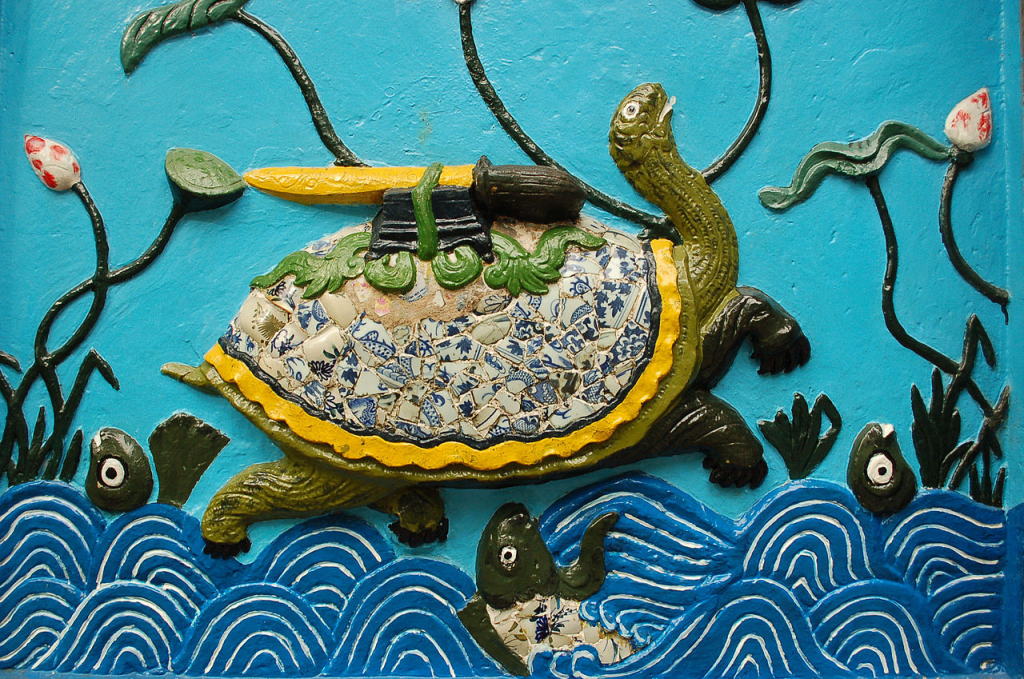
The golden tortoise replied:
“The spirit in this mountain is the son of a previous king, who wants to avenge the country.
There is a rooster living for a thousand years, that turns into a leprechaun and is hidden in That Dieu Mountain.
There is a ghost in the mountain, a spirit.
The musician of the previous dynasty was buried here.
Besides, there is an inn for visitors, the owner is named Hgo Khong, there is a chicken that is the residual energy of ghosts.
When crossing the street to spend the night at the inn, the ghosts transform into various forms to do harm.
So many people die because of this.
Now, the white rooster wants to marry the innkeeper’s daughter.
If the rooster can be killed, the devil will be suppressed, and love will gather yin energy.
The city will be built.“
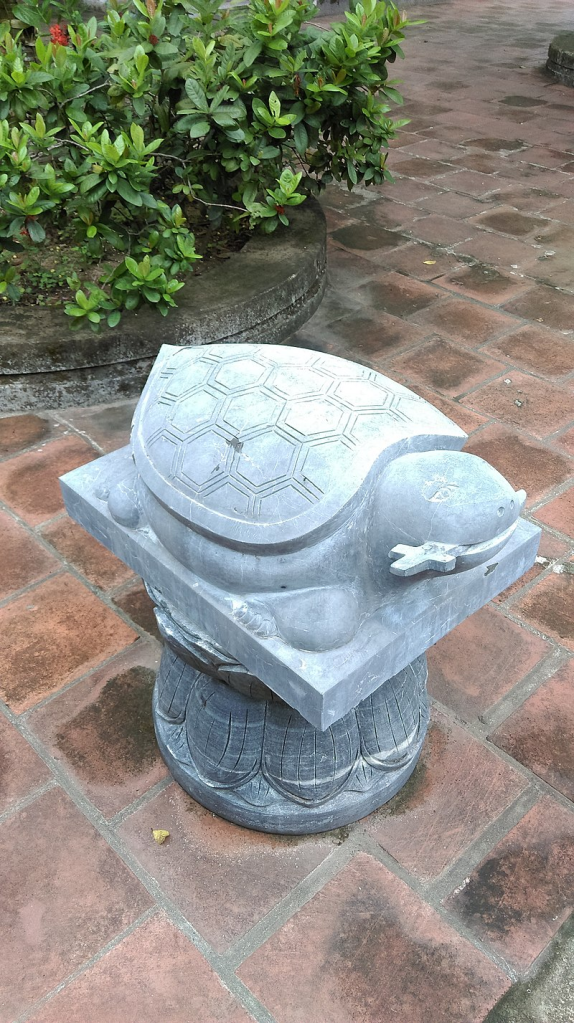
The golden turtle told the King to be a traveller staying at the inn, leaving the golden turtle above the door frame.
The innkeeper said:
“This shop has goblins, the night often kills people.
It’s not dark today, please go quickly, don’t stay.”
Vuong smiled and said:
“Life and death have a destiny, the devil can’t do anything, I am not afraid.”
At night, the demons outside came in, shouting:
“Who is here, why don’t you open the door?”
The golden turtle shouted:
“If you close the door, what will you do?”
The devil then transformed into hundreds of thousands of forms, trying to threaten in thousands of directions, but in the end, he could not.
By the time the rooster crowed in the morning, the ghosts had dispersed.
The golden tortoise with the King chased the ghosts to That Dieu Mountain, but they disappeared.
Vuong then returned to the shop.
The next morning, the innkeeper sent someone to pick up the expected dead body at the inn for burial.
Seeing that Vuong was still smiling and laughing, he prostrated himself and said:
“If you can do that, you must be a saint, so please give me magic medicine to save the people’s livelihood.”
Vuong told him:
“If you kill a white chicken and sacrifice it to the gods, all the ghosts will disappear.”
The innkeeper obeyed.
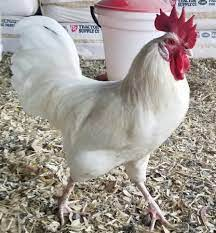
The King then ordered a dig in That Dieu Mountain, found many ancient musical instruments and bones, burnt them to ashes and poured them into the river.
It was almost dark.
Vuong and the golden tortoise went up to Viet Thuong Mountain to see that the ghost had turned into a six-legged owl and had flown to a sandalwood tree.
The golden turtle, turned into a black rat, followed, biting the owl’s leg.
The citadel was built in half a month and finished.
That citadel is more than a thousand zhang wide, twisted like a spiral, so it is called Loa Thanh, also known as Tu Long Thanh, the Tang people called it Kunlun Citadel, presumably because it was very tall.
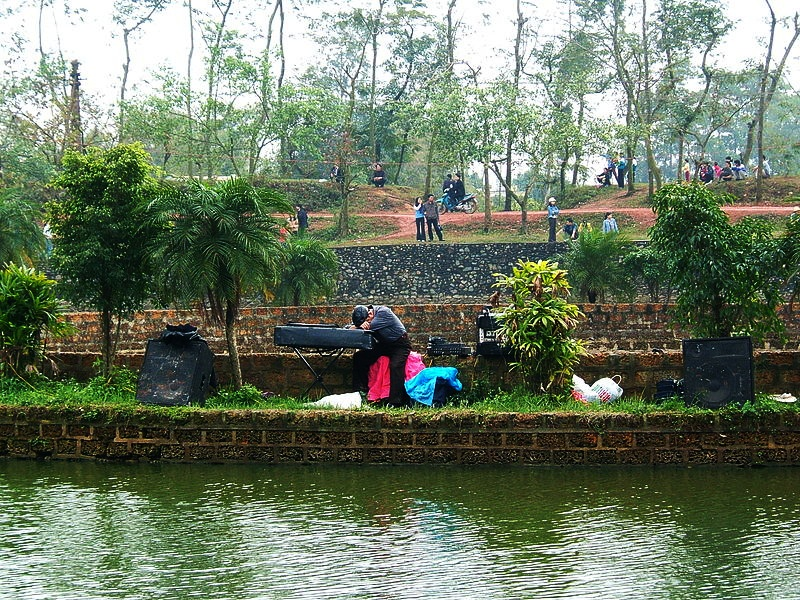
The golden tortoise stayed for three years, then left.
The King thanked him and said:
“Thanks to the gods, the city has been built.
Now, if there is an enemy outside, what can we do to fight it?”
The golden tortoise replied:
“The fortunes of the country are in decline, and the peace of the communes is due to the destiny of Heaven.
The King can cultivate virtue and prolong luck.
What the King wishes, I have no regrets”.
Then he took off his claws and gave in to the King and said:
“Use this as a crossbow, and shoot at the enemy, and you will not have to worry about them.”
Finally, the golden tortoise returned to the East Sea (Vietnamese for East China Sea).
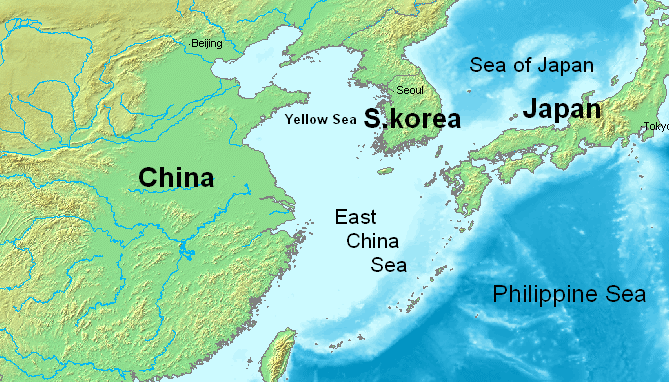
The King again ordered Cao Lo to make a crossbow, using the claws to make it, called Linh Quang Kim Qua Than Co.
Later, King Trieu sent troops to invade the South.
King An Duong fought against them.
Vuong shot the magic crossbow.
Trieu’s army lost a lot of men.
Trieu sued for peace.
Vuong married his daughter, My Chau, to Trieu’s son, Trong Thuy.
Trong Thuy coaxed My Chau to let her see the magic crossbow and then secretly made another crossbow, lying that he was going to the North to visit his father, saying:
“The love between husband and wife cannot be forgotten.
The meaning of mother and father cannot be abandoned.
I am going back to visit my father now.
If the time comes when the two countries are at odds, north and south are separated, I will look for you again.
What will be my sign?”
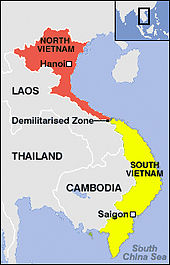
My Chau replied:
“The fate of a daughter, if I meet the scene of leaving leaves, it will be extremely painful.
I have the goose feather brocade shirt I often wear.
Wherever I go, I will tear off the feathers and sprinkle them at the crossroads to make a sign, so I can save you and we can be together.“
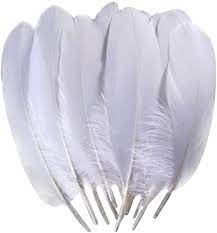
Trong Thuy brought the gods back to the country.
The momentum was jubilant, so he sent troops to fight.
An Duong Vuong trusted his magic crossbow, still calmly played chess, smiled and said:
“Isn’t Trieu afraid of the magic crossbow?”
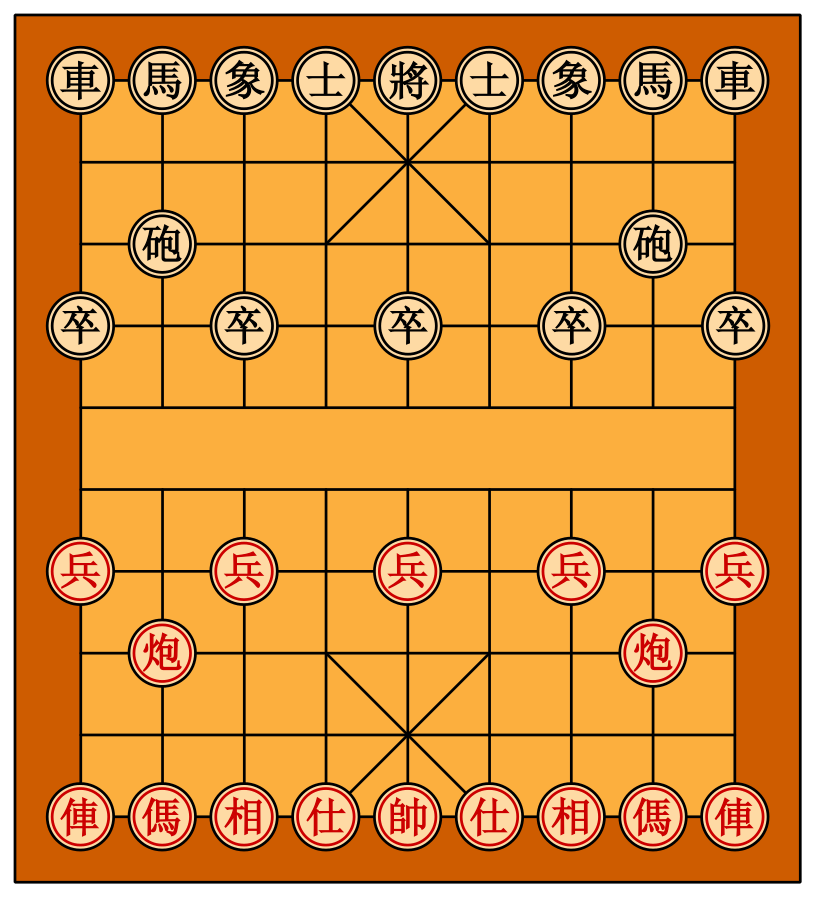
Quan Tu approached, Vuong took up the crossbow, saw that he was lost and ran away.
Vuong put My Chau behind the horse and they ran together to the South.
Trong Thuy followed the goose feathers My Chau scattered behind her and chased them.
An Duong Vuong ran to the shore.
It was the end.
No boat passed, so he cried:
“Heaven harmed me, where is Thanh Giang’s envoy?
Hurry up and save me“.
The golden turtle appeared on the water, shouting:
“The one behind the horse is the enemy!”
Vuong then drew his sword to cut down My Chau.
My Chau made a vow:
“I am a girl.
If you have a rebellious heart to plot against your father, you will die when you die.
If someone’s loyalty is deceived, you will die.
All will turn into pearls to wash away the grudge.”
My Chau died at the edge of the pool.
Blood flowed into the water.
Clams turned into pearls.
It is said that that place is Dien Chau.
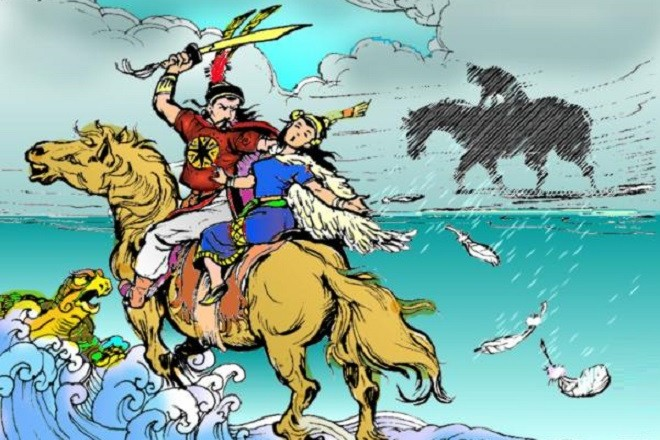
Trong Thuy arrived.
Only the body of My Chau remained.
Trong Thuy hugged his wife’s body and brought it to be buried in Loa Thanh.
Her body turned into jade.
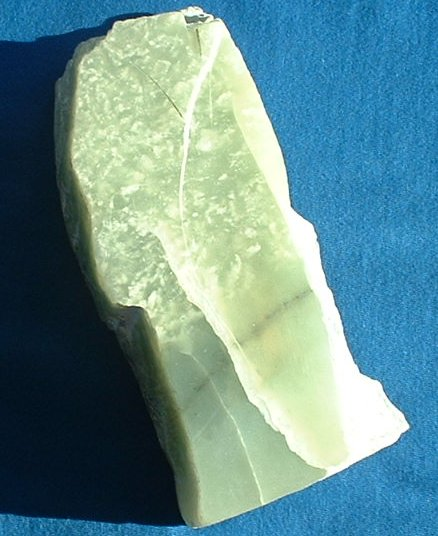
After My Chau died, Trong Thuy mourned endlessly.
When he went to take a bath, he thought he saw the figure of My Chau, so he plunged into the well and died.
Later, people searched for pearls in the East Sea and washed them with the water from this well.

Regarding this incident, the historian Ngo Si Lien (1400 – 1498), in the Dai Viet Su Ky Toan Thu, commented:

Is the story of the golden turtle believable?
The story of the god descending to the land, the story of stone talking, is possible.
Because God’s work is based on people, relying on things to speak.
The country is about to prosper, the gods come down to see the virtues.
The kingdom is about to be lost and the gods come to judge crimes.
So sometimes the god descends but flourishes, sometimes the god descends and dies.

An Duong Vuong built the citadel without thought for the people’s strength, so the god sent the golden turtle to warn him.
Wasn’t it because of the resentment of the people that it became like that?
But that’s still pretty good.
As he was worried about future disaster and begged a god, his own heart was already aroused.
Once your own heart sprouts, then the heavens die accordingly, so why did God sow disaster?
The golden tortoise poured out its sacred hoof and said it could repel the enemy, is that a disaster?
For Vuong it certainly was.
So isn’t it a god that follows people and acts?
If there is no plea to the golden turtle, just follow one’s morals, maybe the national unity will not last long?
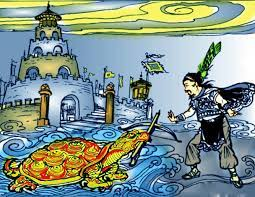
As for the story of My Chau sprinkling goose feathers showing the way, it is unlikely.
According to historical records, An Duong Vuong’s death was due to the magic crossbow being changed, Trieu Viet Vuong’s death because his hat lost his dragon’s claws.
They were all borrowed words to make things become sacred.
Great, the defense of the country against the enemy has its own morals.
If the country is righteous, many people will help.
But if the country is prosperous, because it is unethical, few people will help, but the country will lose, and not because of these things made sacred.

They had left things…..
Unsettled.
Heidi was free to do as she would, but she longed for companionship.
Not that her travelling companion from Argentina wasn’t a delight to travel with, but he liked men in the manner in which she liked men, and companionship without physical intimacy does not always suffice for a young woman.
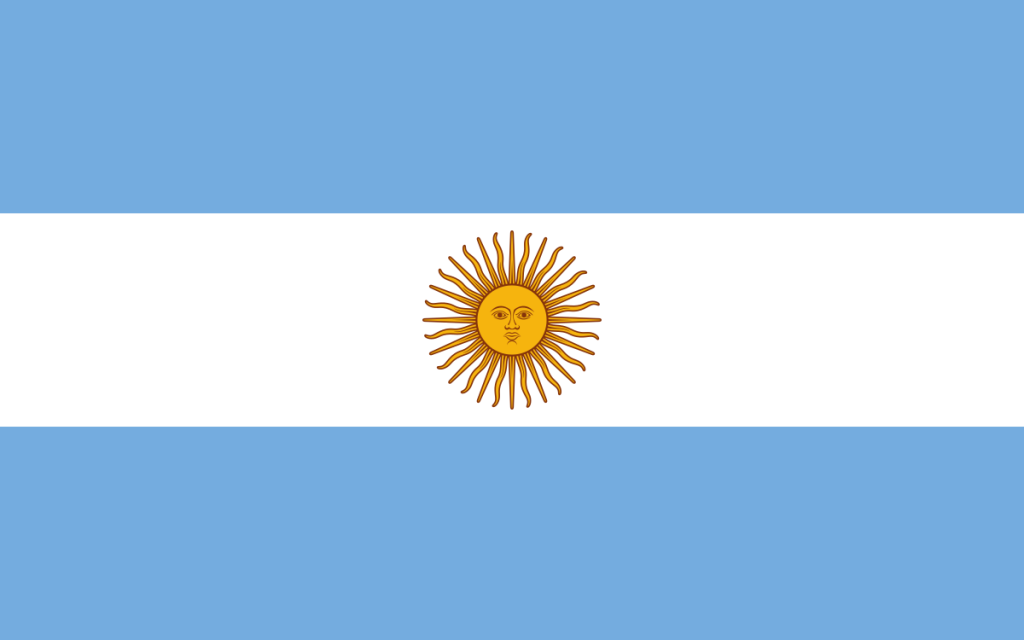
Her Mumbai boyfriend and her had harsh words for one another.
He had not trusted her.
She had not given him a reason to do so.
Trust is necessary in any relationship, but in a long distance one it is essential.
One has to assume there is love and commitment.
One has to hope that both are willing to work on the relationship.
There is no easy way to build that trust, no easy way to maintain it.
But, despite the division, text messages drifted like goose feathers in the wind.
There was no way to know if they would be received as intended.
There was so much she wished to share with him, so much that needed to be said, so many stories to tell.
People see only details, isolated, unimportant specifics, which for them contain the essence and all the importance of that instance, but in our heads, all those details become mixed up and overlap, thus creating a rich and interesting, unproductive and intangible chaos.
The difficulty with long distance relationships is that everything is alluded to, but nothing is clearly seen, nothing is explicitly said.
Everything changes into something else, including love.
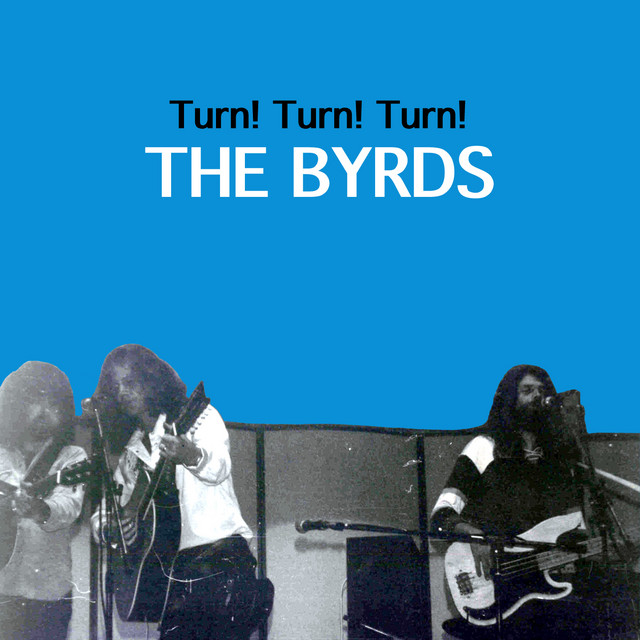
For some partners, intimacy is craved, constantly.
If you can’t be with the one you love, love the one you’re with.

Some folks believe that you can be committed to a relationship while maintaining casual sexual contact with other partners.
Others expect monogamy regardless of the distance that separates.
Women are often offered the opportunity.
Men seize the opportunity if the offer is accepted.
Some folks can separate sex from love.
Others cannot.
As to the difficulties between couples outside of my own relationship, I can only speculate.

For Heidi, on a motorcycle, wind caressing her hair through the gaps in her helmet, sun warm upon her face, her mind focused upon the dangers the murderous highways threatened, thoughts of Mumbai could be forgotten for a time.
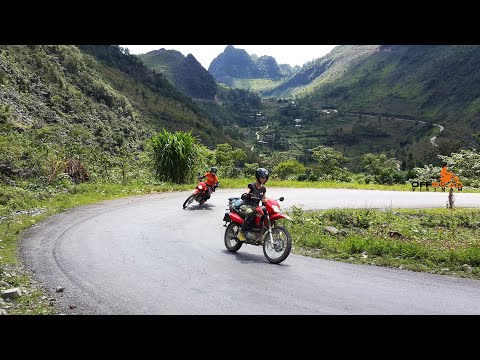
Dien Chau is a district with many traditional craft villages.

Some famous craft villages:
- bronze casting in Yen Thinh hamlet

- blacksmithing in Nho Lam
- Van Phan fish sauce
- tuong singing in Ly Nhan
- Sand Dunes (Dien Thap): Casting copper, cast iron household appliances, making gongs and items used at worship
- Nhan Trai (Dien Xuan): Vegetable growing village
- Phuong Lich (Dien Hoa): Raising silkworms, weaving fabrics, making silk
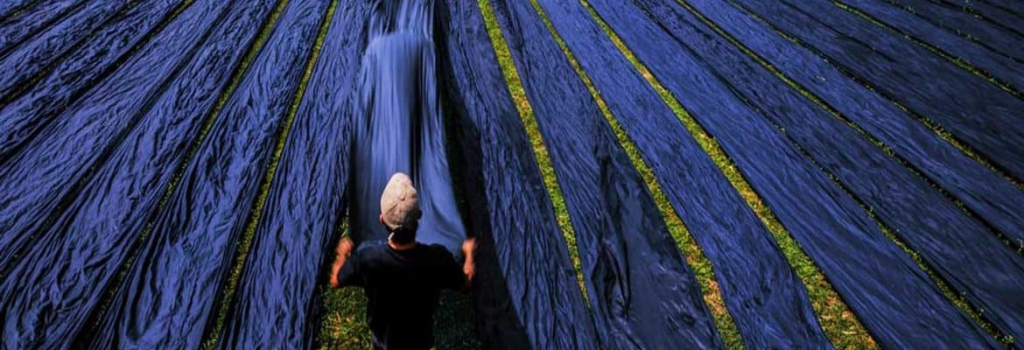
- Thanh Bich, Trang Thung: Building boats
- Dien Ky: Mainly the profession of casting plowshares
- Nho Lam: Iron ore refining, forging, basket weaving
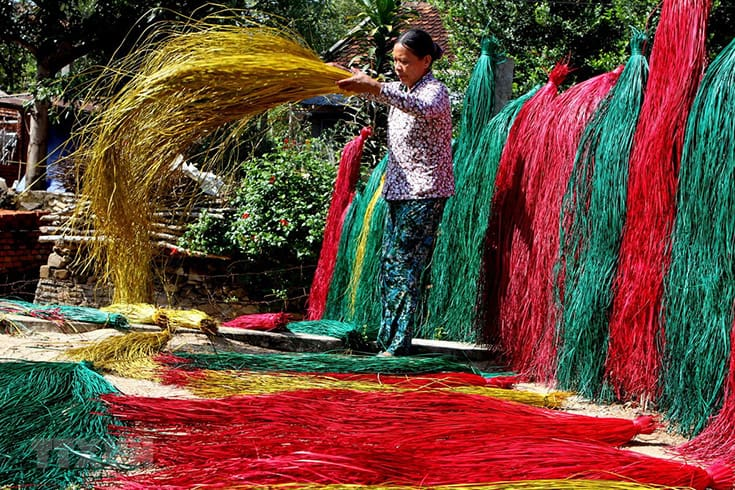
The craft villages build:
- mills
- braid hammocks
- knitting equipment
- weaving fabrics
- knitting baskets
- carpentry
- hats
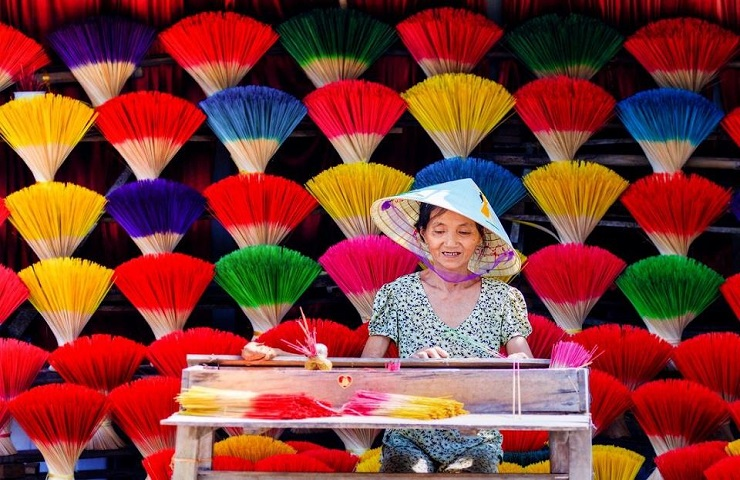
- Poetry of Dien Chau:
“Two Vai shoulder burden
Tomb Da Hiep means hardship and contempt
River Bung flows forever love
Cuong Temple stands an eternal mirror
Hon Ngu sea to the horizon
The bright green fence door in the central region
Listen to the song “Visit Lua Huu Thung”
Abundantly Trong Tao sings along with the countryside
Have a luxuriant exam season
The valedictorian of the Van Khue label is handed down
Fresh fish fills the boat
The kite flute is full of wind, the Quyen bird sings happily“

Celebrities include:
- Heroic soldier of Quang Tri Citadel, Le Ba Duong
- Author of the poem “Beside the Thach Han River“
- Initiated the festival of releasing lanterns on the Thach Han River on 27 July every year in memory of the soldiers of the Revolutionary Army.
- He sacrificed himself in the Battle of 81 Days and Nights.
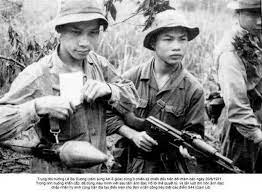
- Poet Tran Huu Thung
- Tran Huu Thung (1923 – 1999) was born in Dien Chau, Nghe An.
- Joined the Viet Minh in 1944.
- During the resistance war against the French, he was a cultural officer and propaganda officer and then in charge of the interregional arts and cultural branch.
- He began writing poetry and folk songs from that time.
- Has the style of a folk poet.
- Poetry for him was just a means of work.
- Wrote to praise victories, popularize policies and reflect the life of resistance farmers.
- Simple words, honest feelings, universal.
- Was not very interested in what we now call private lyricism.
- He did not talk about himself.
- He was not happy about private matters.
- Rather, his heart was happy or sad with the luck of the country and the people.
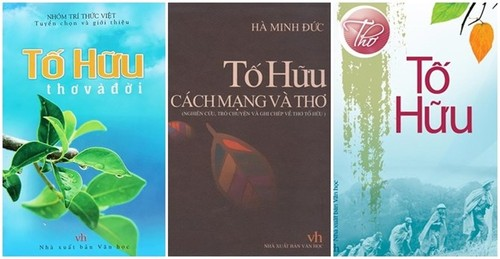
- Poet-musician Nguyen Trong Tao
- Nguyen Trong Tao (1947 – 2019) was a poet, musician, journalist, book cover painter, former editor of Tho newspaper, and author of collections of poems and poems such as:
- Dong Dao for Adults
- Nuong Than
- The World Without Moon
- The Way of the Stars (The Song of Dong Loc)
- and the songs
- “Quan Ho village is my hometown“
- “The song of the countryside river“
- “The eyes of the boat are horizontal“
- Nguyen Trong Tao (1947 – 2019) was a poet, musician, journalist, book cover painter, former editor of Tho newspaper, and author of collections of poems and poems such as:

Nguyen Trong Tao was born in 1947 in a Confucian family of Truong Khe village, Dien Hoa commune, Dien Chau district, Nghe An province.
In 1969, he joined the army.
In 1976, he was sent to Hanoi by the General Department of Politics to join the Military Writing Camp and then entered Nguyen Du University of Literature.
He attempted suicide with two handguns shot to his head on 11 November 1981.
Nguyen Trong Tao composed his first poem at the age of 14, composed his first song at the age of 20, published his first collection of poems (Early Morning Love) in 1974.
By 2008, he had published nearly 20 books, including poetry, literature, music, criticism and essays, and had won many literary and artistic awards.
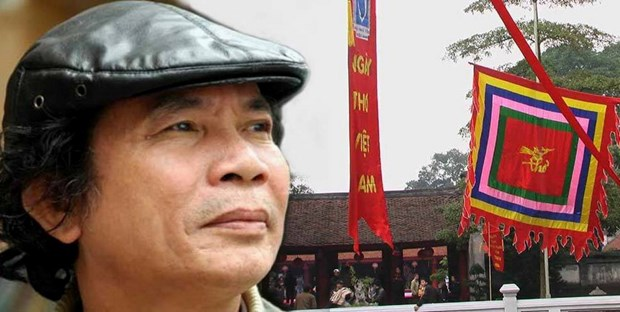
Dien Chau district is considered to be the pearl of the province of Nghe An tourism.

- The Temple of Cuong:
In 208 BCE, defeated by Trieu Da, Thuc An Duong Vuong fled with princess My Chau to Cua Hien Beach, Dien Trung commune, Dien Chau district.
The god Kim Quy appeared and said:
“The enemy is behind your back.”
He drew his sword to kill My Chau’s daughter and then committed suicide at the foot of Mo Da Mountain.
The people built a temple there.
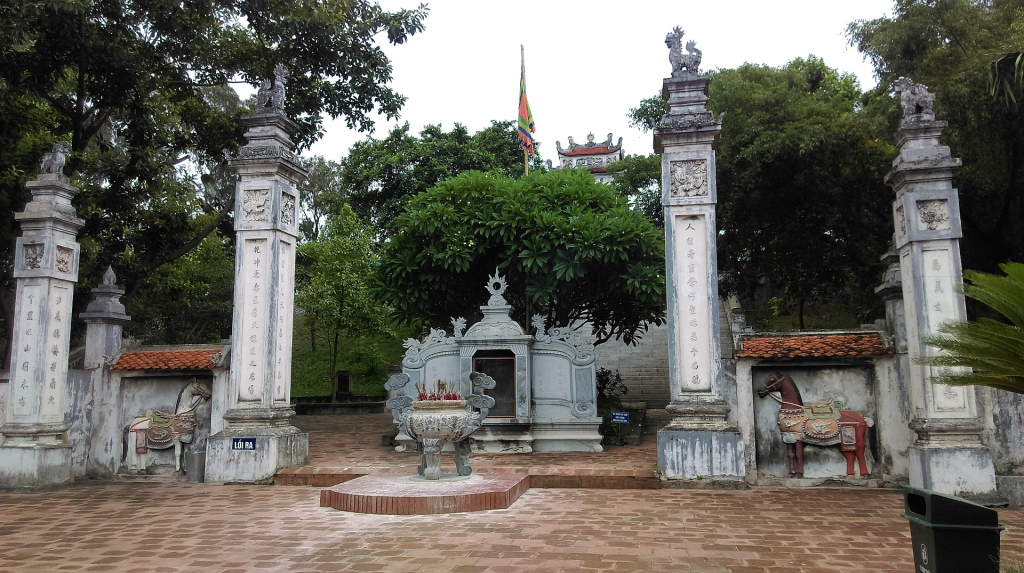
Mo Da Mountain stands in the distance like a giant peacock dancing, its wings spread to other mountains, the righteous head is the location of An Duong Vuong Temple, called Cong Temple, by the locals.
Cuong Temple is built in the shape of a triangle, with three buildings: Upper, Middle and Lower, surrounded by many luxuriant old trees, looking very ancient and sacred.
The temple is located on National Highway 1A in Dien An commune, about 30 km from Vinh City.
Cuong Temple still has the legendary well where the water is very clear and clean.
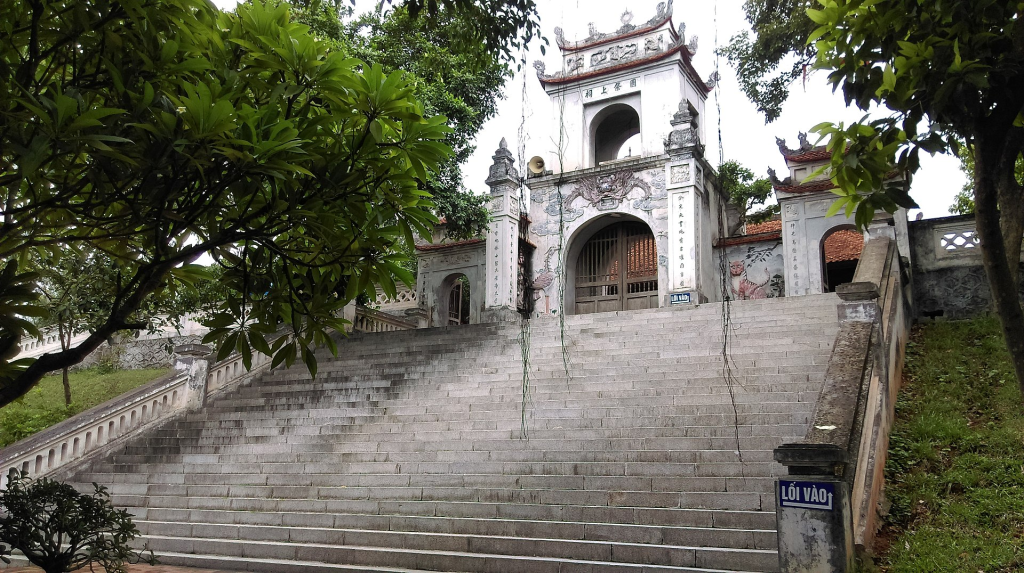
- Cua Hien:
- North of the foot of Mo Da mountain is Cua Hien Beach.
- There is a shrine to My Chau.
- Cua Hien Beach is a relatively unspoiled beach.
- There are many rocks jutting out like a sea fish, so it is called Ngu Hai Rock Beach, in which there is a very high, large and flat stone that resembles a chessboard.
- The locals call it Da Ban Island.
- This is the only area of Nghe An that does not have the hot southwest wind in the summer.
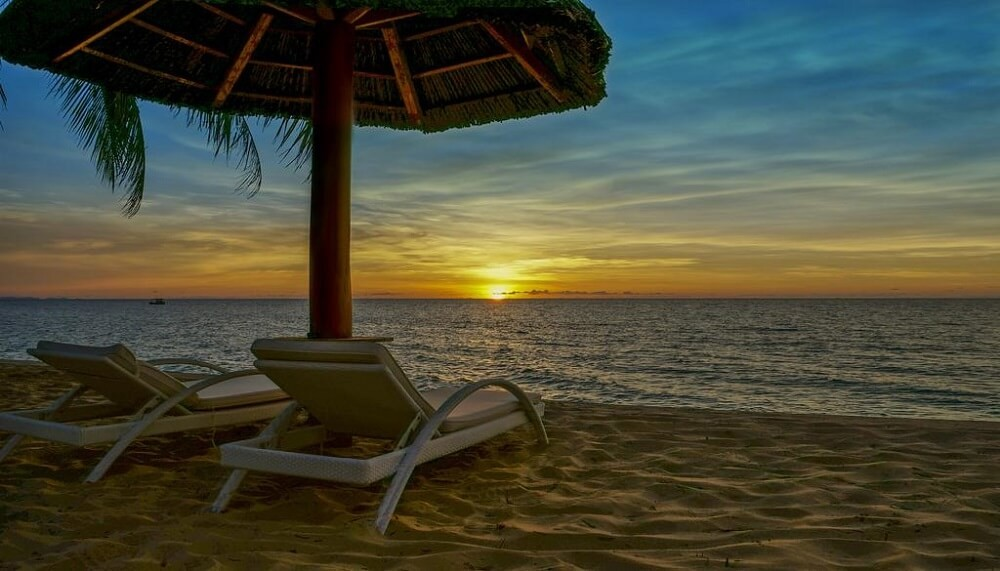
- Cao Xa Long Cuong:
- Actually, this is a large oyster field in the territory of two villages of Huong Cai and Tien Ly, extending from the south foot of Mo Da Mountain to Ong Phung River.
- The sea waves hit the shells for a long time and piled up, forming high dunes, up to five metres deep.
- The Long Cuong Dragon Mound runs long and high near the coast, its length occupies about 2/3 of Dien Chau district.

- Dien Thanh Beach:
- A beach located near Dien Chau junction and along National Highway 1, this is a wide beach, with gentle sand and clear blue water.
- Dien Thanh beach is about 5 km north of Cuong Cua Hien Temple.
- There is a church of the Cao Ba family with the legends of the ancestors who went to the clouds, rode the wind to save seafarers, and led the people around the area to fight the Chinese invaders.
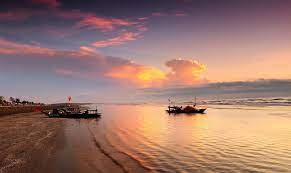
- Xuan Duong Lake:
- Xuan Duong Dam (Bara Dam in French after the French built the dam), is a very large lake divided by the mountain ranges of Ru De and Ru Chach and Ru Ba Chang, in Dien Phu commune.
- This is the main source of water supply for communes in the south of Dien Chau.
- The dam and the water opening and closing system built in the French period is also known as the Column of the House.
- The dam gate is solidly built of green stone located between two mountains in the Ruch and Ru Ba Chang mountain ranges.
- During the anti-American resistance war, this area suffered many bombs and bullets.
- The US was determined to break the dam, but could not because the dam was protected by two mountains.
- The remnants of the mountain carry the scars of many bomb craters.
- Around the lake are many pine forests and ancient trees that have been kept for many years.
- There are many charming caves and ravines that make people’s hearts flutter.

- Len Hai Vai:
- Len Hai Vai is also known as Luong Kien Son, because standing from afar the mountain looks like a brave man.
- Lord Trinh Tinh Vuong called this mountain Maitreya.
- In the mountain there are many caves.
- Today, Hai Vai Cave still retains its ancient features and is associated with many historical events.
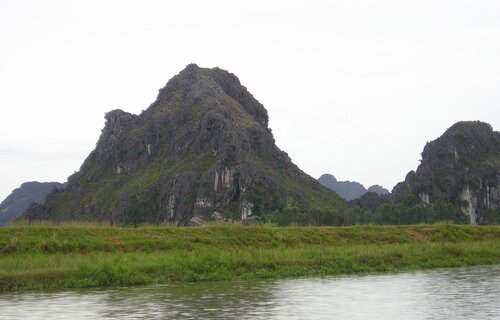
- There is a legend that the mandarin Khanh Ly Hau Nguyen Trung Y, became an official of the Le Dynasty.
- When Gia Long ascended the throne, he did not obey him, returning to Len Hai Vai to teach in a cave.
- Many of his students became talented.
- Later that cave was called Than Dong Cave.
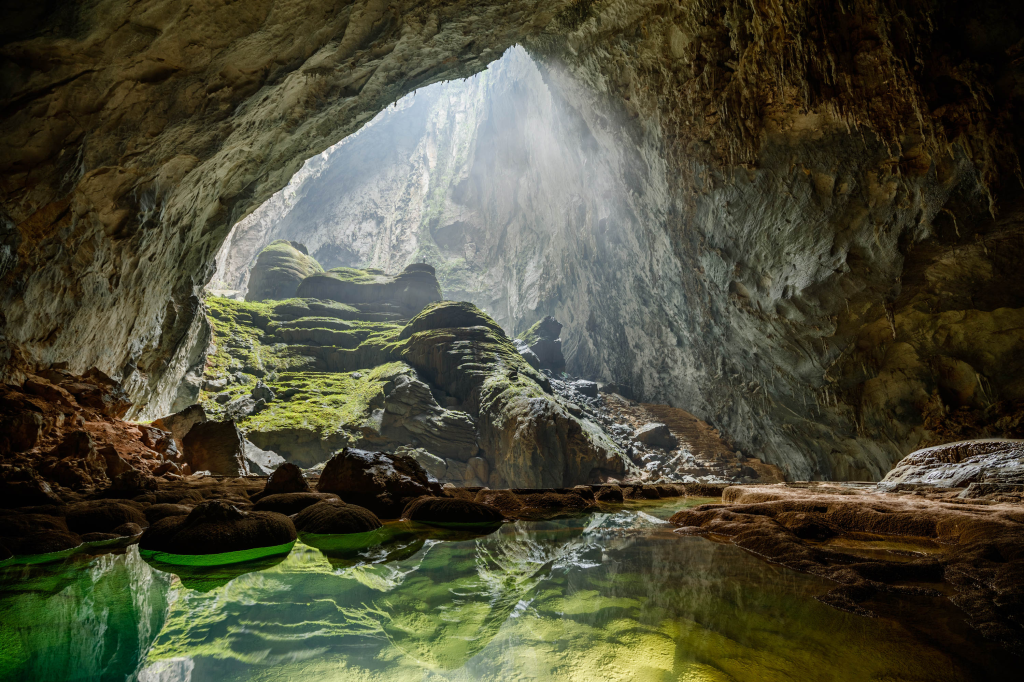
- Bung Giang Thu Nguyet:
- Bung River originates from a lagoon in Van Hoi commune that flows to Phung Xa village, gradually widening to form a river.
- In the autumn, the moon is bright, the river surface is calm, the light shines on the surface of the water, forming thousands of sparkling silver trays, erotic.
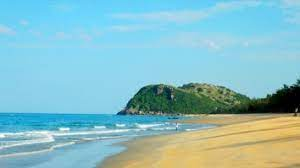
- Church of the Vu Dai Ton family in Dong Xuong village:
- Recognized as a cultural and historical relic in 2013.
- It is the place where the governor Tham Dung Nghia served the General Vu Trung Luong and 11 dukes of the family.
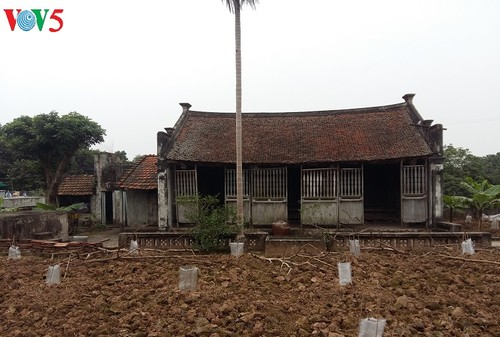
- The Nha Le River is an ancient waterway, opened during the reign of King Le Dai Hanh, with the purpose of transporting military supplies from the capital Hoa Lu to the foot of the Deo Ngang border.
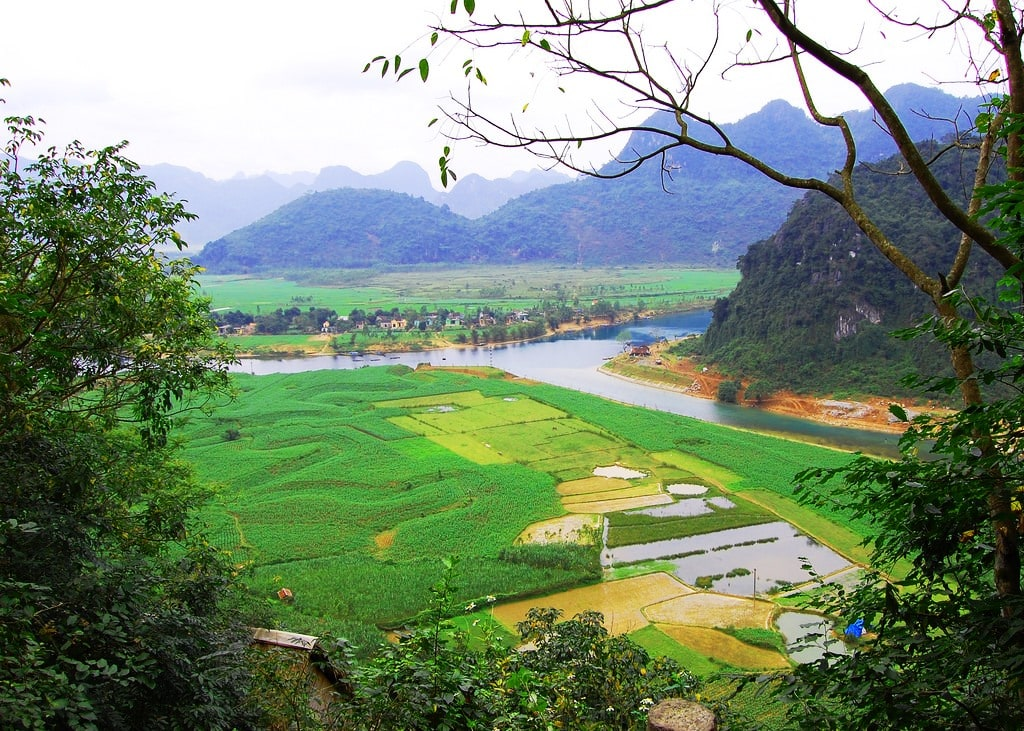
- Co Am Pagoda was built in the mid 15th century.
- Initially, there was only a small temple for people to worship, so it was called Son Am Tu.
- At the end of the Later Le Dynasty, the people moved the pagoda to the foot of the mountain and renamed it Huong Phuc Tu.
- However, during that time, Dien Minh village faced many inexplicable spiritual risks, so in the reign of King Minh Mang XI, the pagoda was moved to its old location with the name Co Am Tu as it is today.

So many legends unknown to those who speed by.
For stories take time to be told.
And time and money are precious commodities that those who travel dare not waste.
One does not hop on a bus, take the train or ride a motorcycle to travel slow.
Though a motorcyclist sees far more than those travellers boxed inside an automobile, bus or train, nonetheless, speed kills perception.
The need for constant caution does not allow the mind to wander, to gather wool, to contemplate in silence the wonders of the world that surround the traveller.
But, in fairness, the world is a vast place to explore and few (if any) have unlimited supplies of time and money at their disposal.
I cannot condemn Heidi for opting to travel by motorbike, for certainly the feel of the open air upon her face and the purr of the motor and the liberty away from bus and train schedules, the freedom to sit upon a moving vehicle without having to care about your interactions with others inside the same enclosed space, to be outdoors without having to expend as much energy and time that bicycling or hiking require, is certainly an attractive way to travel.
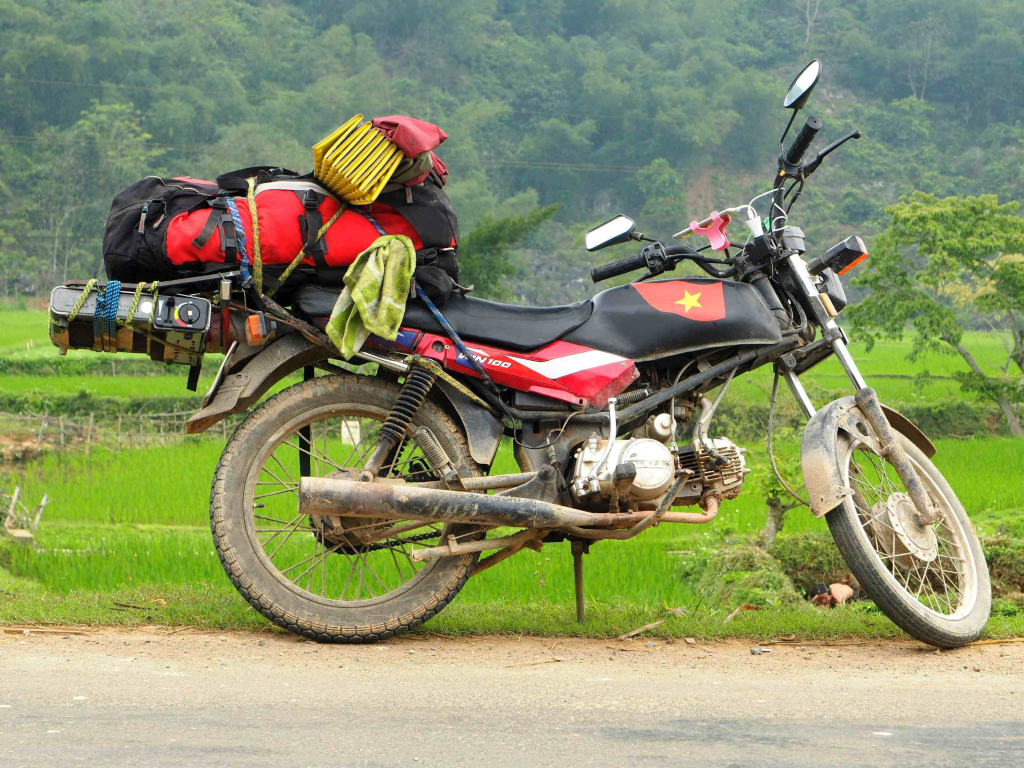
I am reminded of the 1995 film Sabrina (with Harrison Ford, Greg Kinnear and Julia Ormond):
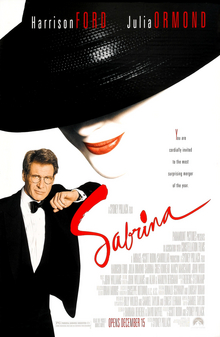
Sabrina: [laughs to herself] It’s an incredible airplane – it’s beautiful. I’ve never seen anything like it.
Linus Larrabee: Ah, yes.
[returns to reading his work papers]
Sabrina: Don’t you ever look out the window?
Linus Larrabee: When do I have time?
Sabrina: What happened to all that time we saved taking the helicopter?
Linus Larrabee: [lightheartedly] I’m storing it up.
Sabrina: [seriously] No, you’re not.
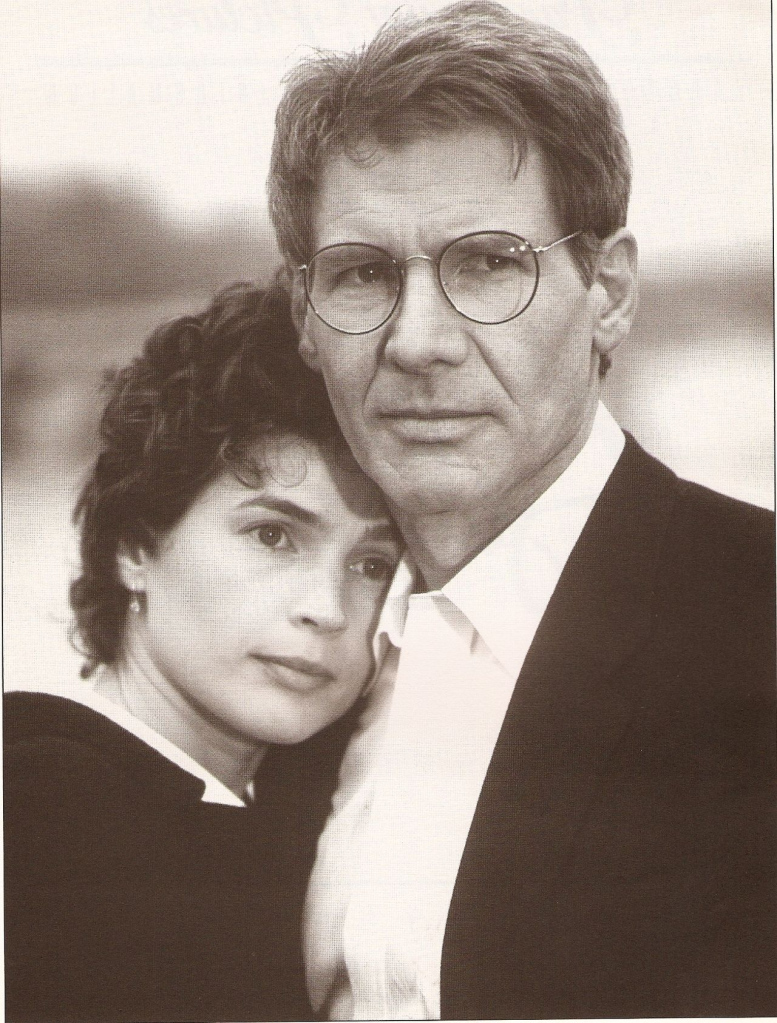
Let me look myself in the mirror as I write these words.
Though I might have travelled differently than Heidi did – I have never been comfortable with motorcycles or with the stress of driving any vehicle – I can in no way say for certain whether I would have known at the time of her travels to linger in the places Heidi passed by.
I cannot fault her for focusing on her daily destinations, for such is the consequence of wheels beneath us:
The destination – to arrive alive – invariably takes precedence over the potential beauty and experience of the journey itself.
I will simply say that it is a pity that life always has an expiry date, that our lives are generally restricted to the time and money we possess, that all that we could see we cannot because of these limitations.

Of course, another issue is language.
Legends are best revealed in the language from whence they were created.
The Old Testament, especially the first five books (Genesis, Exodus, Leviticus, Numbers and Deuteronomy), is far more enriching a read if read in the original Hebrew.
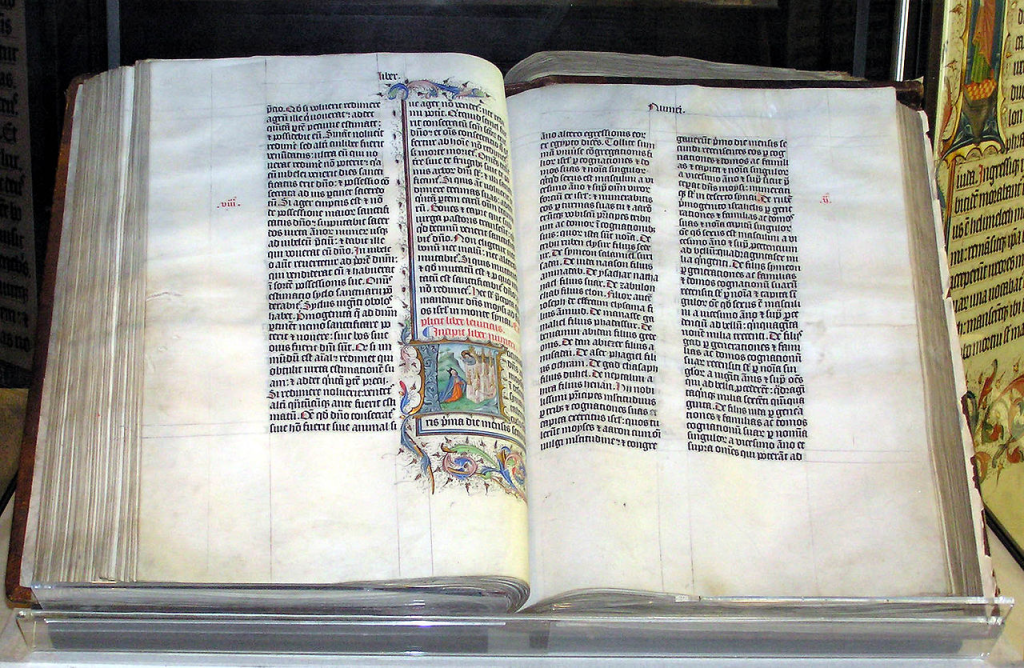
The Qu’ran is far more beautiful in its original Arabic than in any other translation available today.

So too, perhaps, the literature and legends of Vietnam can only be understood and fully loved if approached in the Vietnamese language.
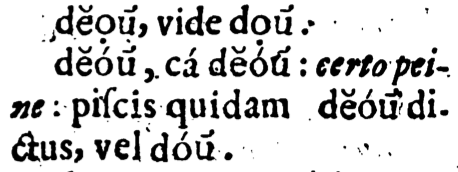
Still just the hint of the legends that lie on the road between Ninh Binh to Vinh leave me with the longing to create stories based on those legends.

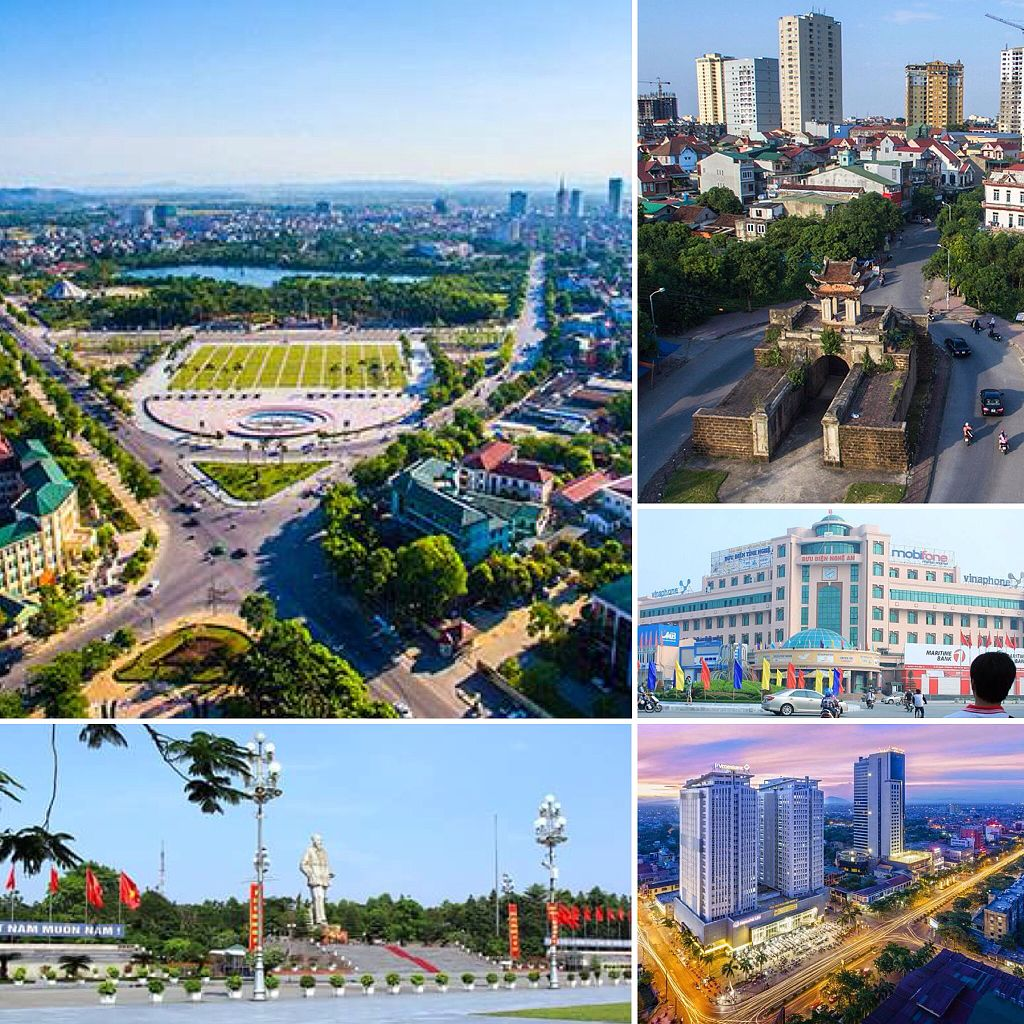
So many questions:
- What were the “many inexplicable spiritual risks” that Co Am Pagoda faced?
- What would compel a mandarin to go live and teach in a cave?
- How and why did the Cao Bo family ancestors do what they did?
- Why does the hot southwest wind not blow upon Cua Hien Beach?
- What and when was the Battle of 81 Days and Nights?
- Beyond the legends, what kind of people were Trieu Da, An Duong Vuong, and, especially, My Chau?

I am a troubled man, much like the Qin army, “stationed in useless land, can’t advance, can’t withdraw“.
So many stories lie beneath the legends.
So much that needs to be told.
If only I had the time…..

Heidi and her travelling companion did not have the time to research, to reflect, to rest, to relax.
Get to Vinh, find the hotel, then explore.
Priorities, man.
But let me not paint a picture black of her experience, for the open road is a powerful thing, seductive, sensual, much like the woman Heidi herself.
Instead, think on the freedom of the highway, of being not tied to schedules of others, of being Queen of her own fate.
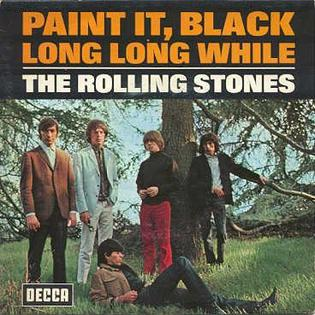
Not knowing about Dien Chau she needed not care about Dien Chau.
Dien Chau:
Just another name upon just another signpost.
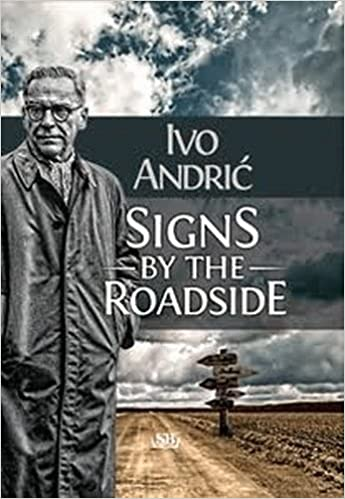
She may never know the legends of which I write, but a highway is like that.
It is merely a ribbon of road, a way between where you were and where you would like to be.
It has no conscience nor consciousness, no memory nor remorse.
It simply is.

Pickin’ up the pieces of my sweet shattered dream
I wonder how the old folks are tonight
Her name was Ann and I’ll be damned if I recall her face
She left me not knowin’ what to do
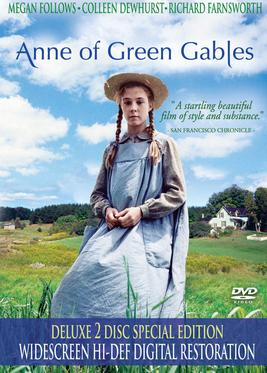
Carefree highway, let me slip away on you
Carefree highway, you seen better days
The mornin’ after blues from my head down to my shoes
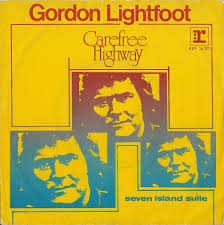
Carefree highway, let me slip away
Slip away on you

Turnin’ back the pages to the times I love best
I wonder if she’ll ever do the same
Now the thing that I call livin’ is just bein’ satisfied
With knowin’ I got no one left to blame
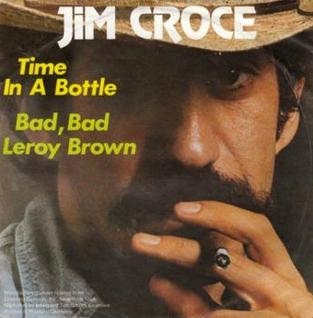
Carefree highway, got ta see you my old flame
Carefree highway, you seen better days
The mornin’ after blues from my head down to my shoes

Carefree highway, let me slip away
Slip away on you
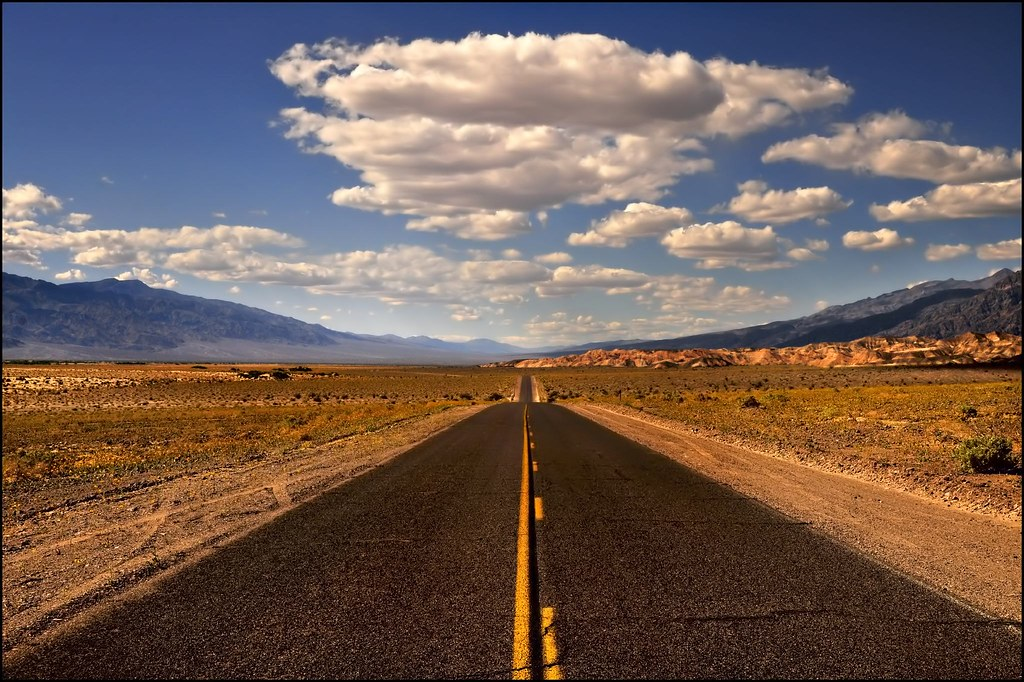
Searchin’ through the fragments of my dream-shattered sleep
I wonder if the years have closed her mind
I guess it must be wanderlust or tryin’ to get free
From the good old faithful feelin’ we once knew
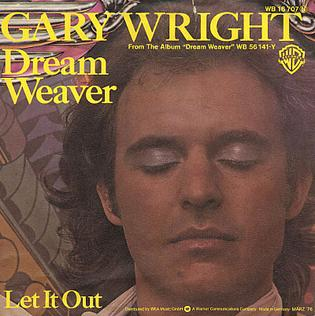
Carefree highway, let me slip away on you
Carefree highway, you seen better days
The mornin’ after blues from my head down to my shoes

Carefree highway, let me slip away
Slip away on you
Let me slip away on you
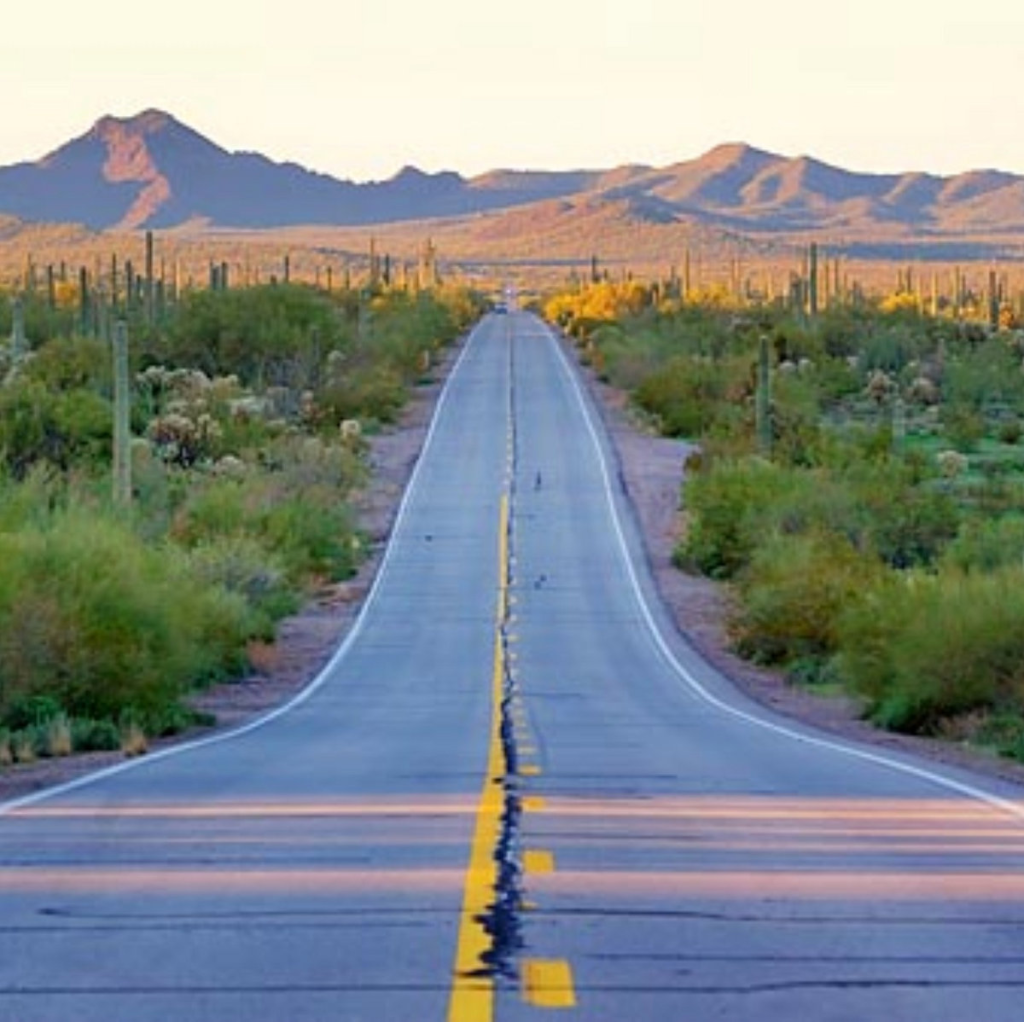
Carefree highway, got ta see you my old flame
Carefree highway, you seen better days
The mornin’ after blues from my head down to my shoes

Carefree highway, let me slip away
Slip away on you

Yesterday, her own and that of the nation she is travelling through, are whispers from the past.
Down the road is a potential promise.
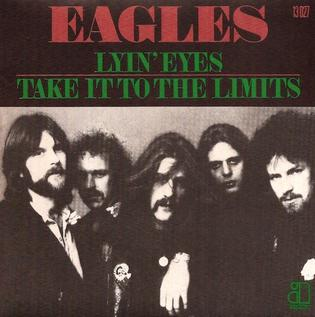
Get your motor runnin’
Head out on the highway
Looking for adventure
In whatever comes our way
Yeah, darlin’ gonna make it happen
Take the world in a love embrace
Fire all of your guns at once
And explode into space
I like smoke and lightnin’
Heavy metal thunder
Racing with the wind
And the feeling that I’m under
Yeah, darlin’ gonna make it happen
Take the world in a love embrace
Fire all of your guns at once
And explode into space
Like a true nature’s child
We were born
Born to be wild
We can climb so high
I never wanna die
Born to be wild
Born to be wild

Get your motor runnin’
Head out on the highway
Looking for adventure
In whatever comes our way
Yeah, darlin’ gonna make it happen
Take the world in a love embrace
Fire all of your guns at once
And explode into space
Like a true nature’s child
We were born
Born to be wild
We can climb so high
I never wanna die
Born to be wild
Born to be wild
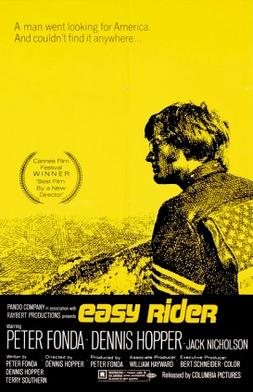
Vinh awaits with museums and temples and monuments, with a river and a park.
Maybe we will find legends waiting for us there.
And maybe we will make them our own.
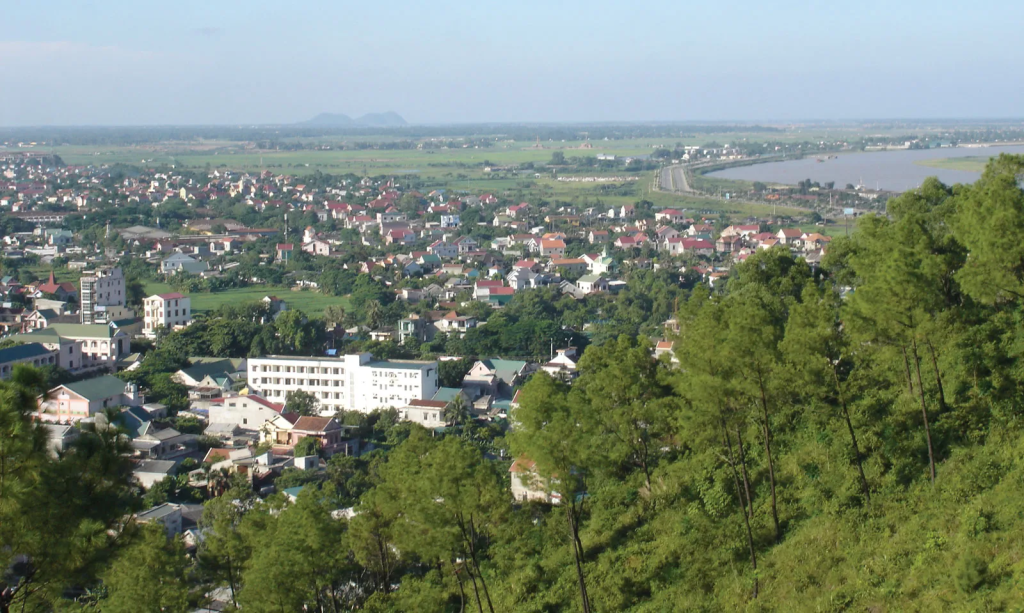
Sources: Wikipedia / Google / Ivo Andric, Signs by the Roadside / Stephen Blake, Loving Your Long Distance Relationship / Gordon Lightfoot, Carefree Highway / Francine Prose, Reading like a Writer / Linda Ronstadt, Blue Bayou / Steppenwolf, Born to Be Wild